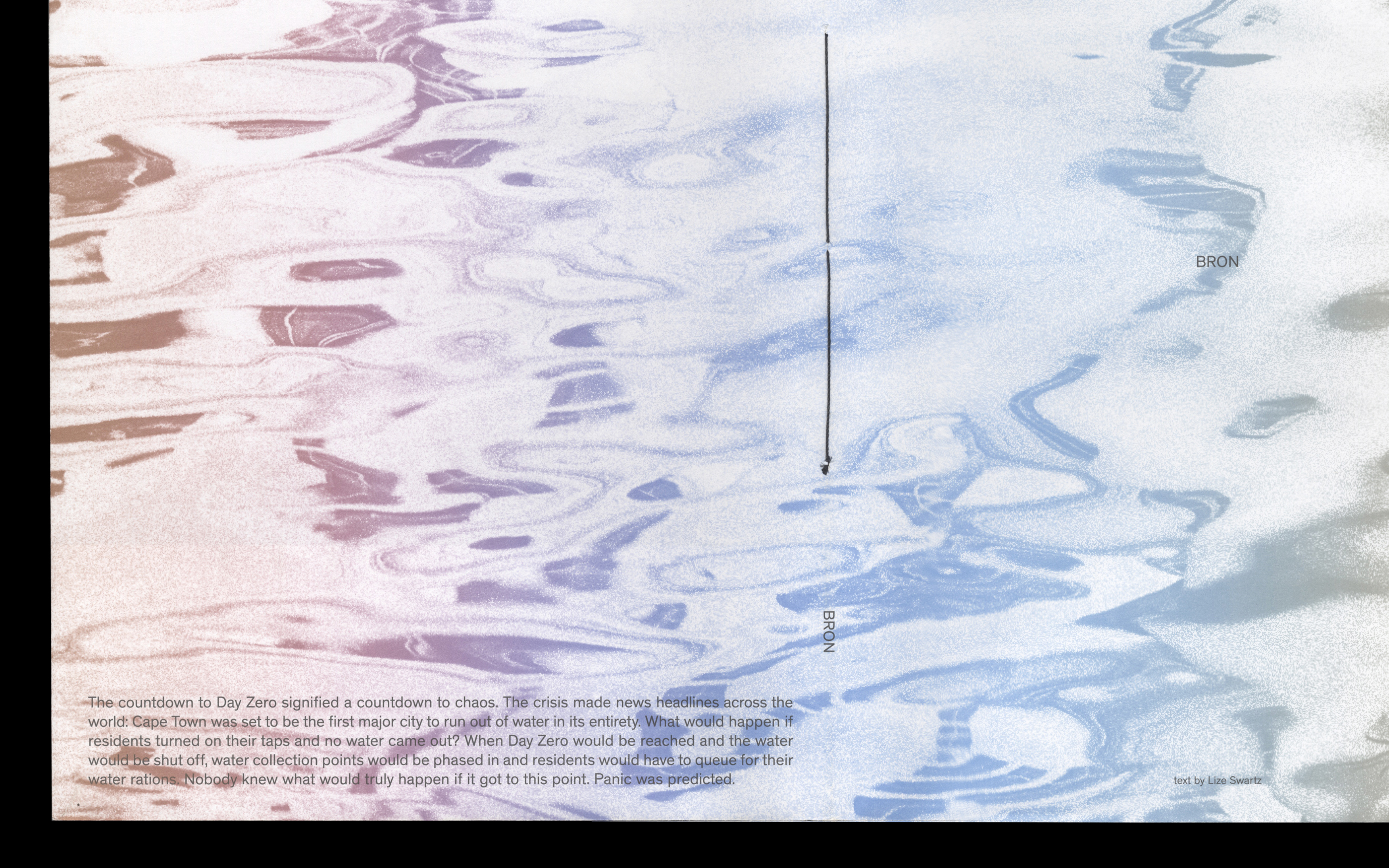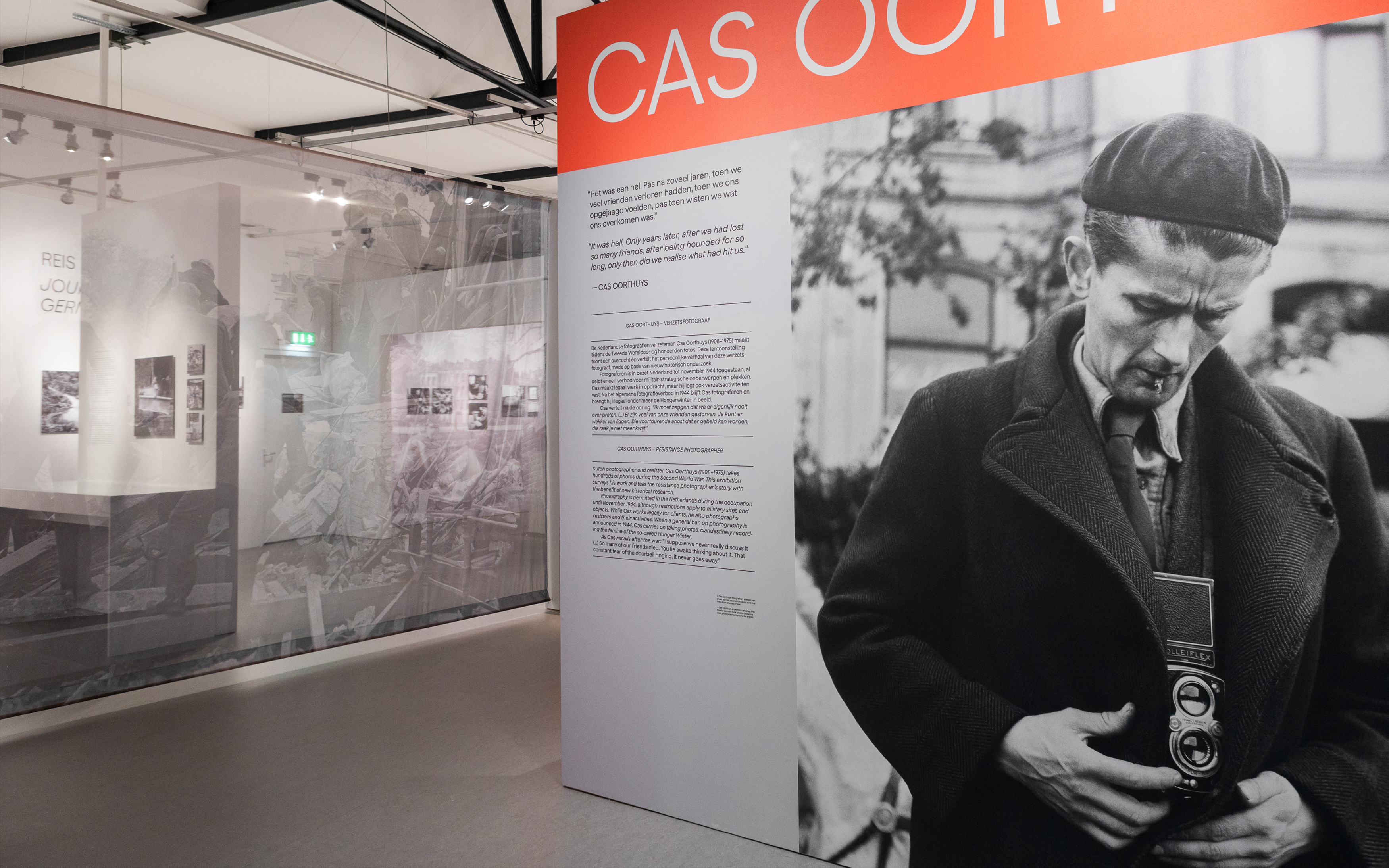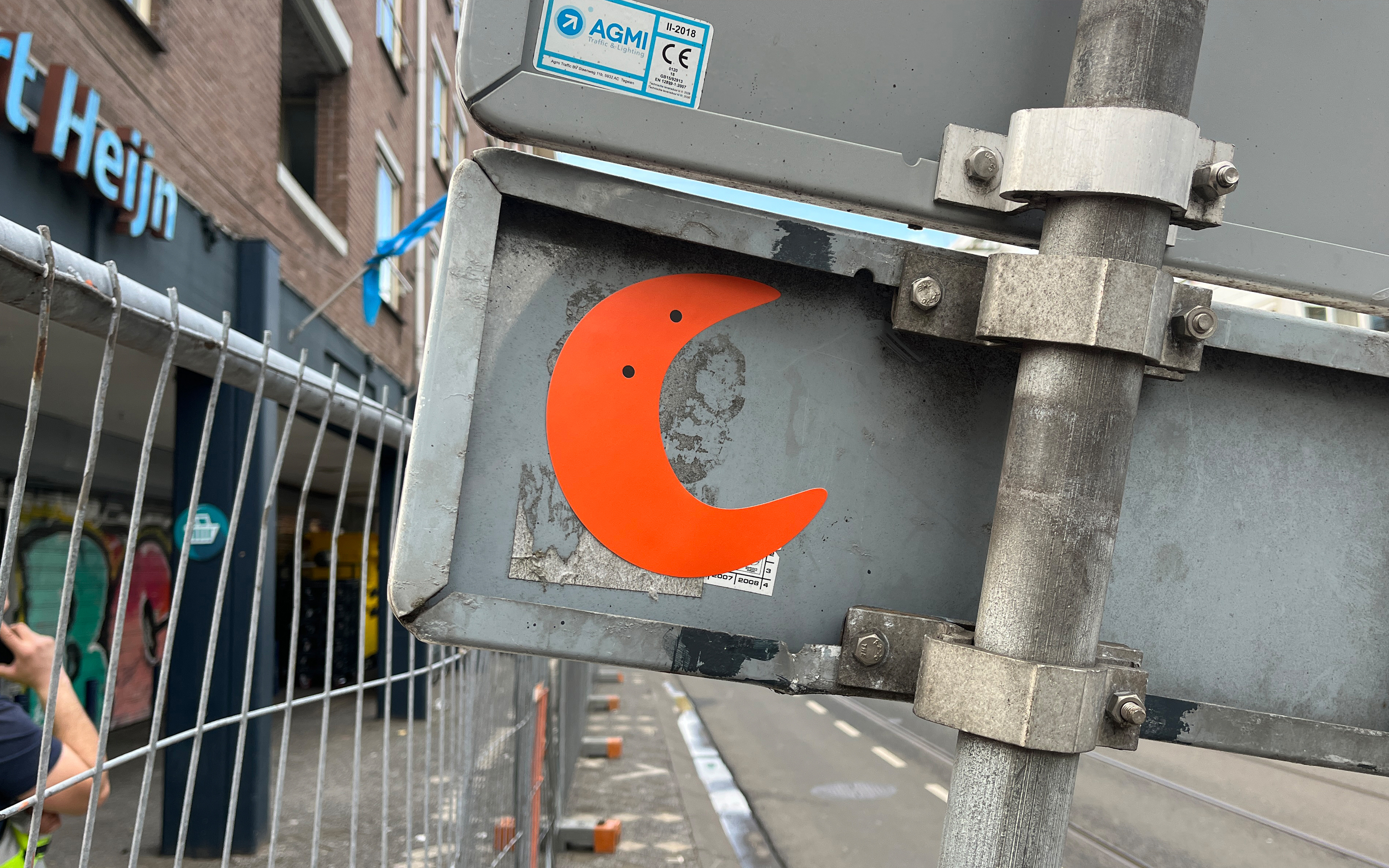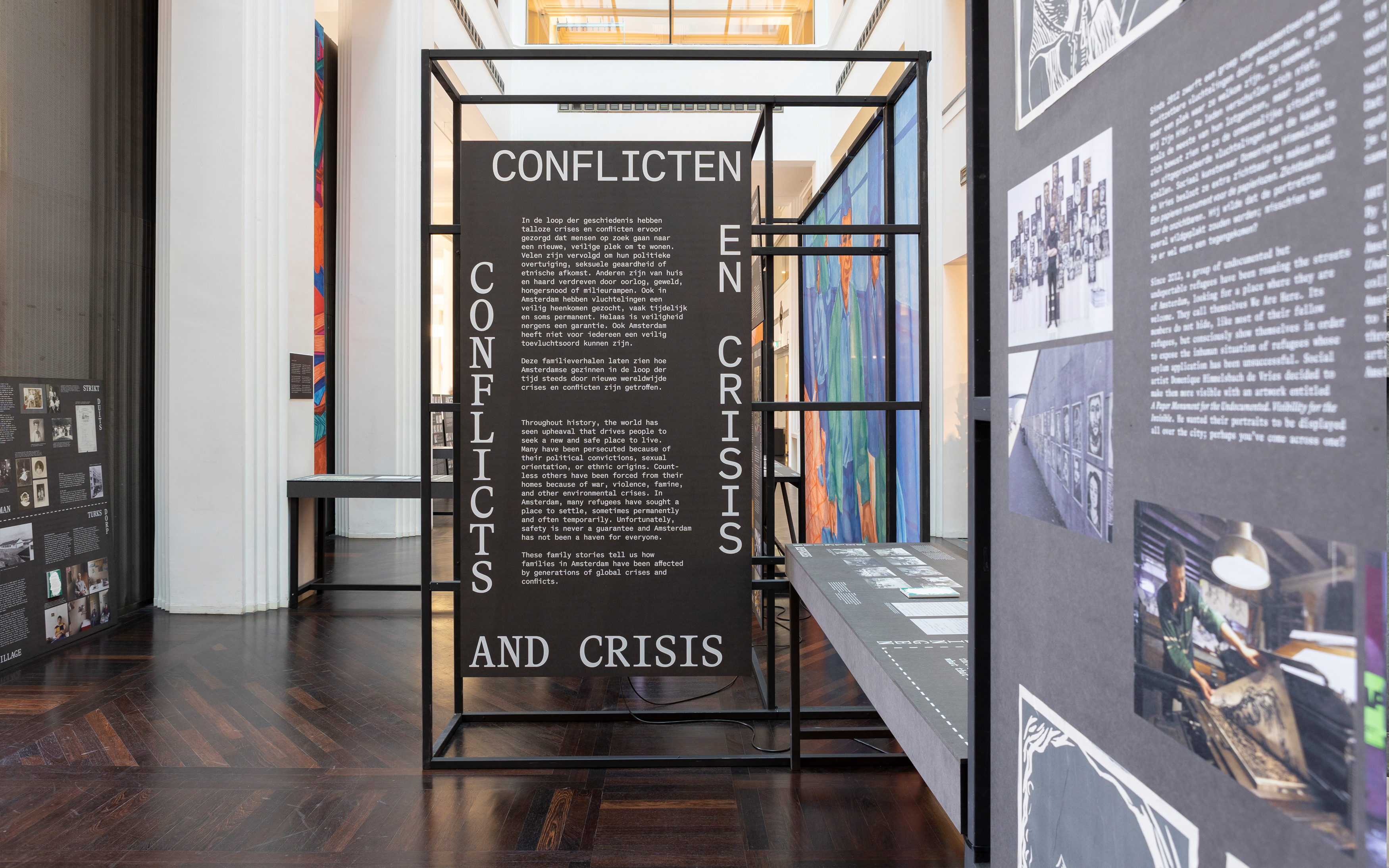Mien Ruys and the Modern Garden
Van Eesteren Museum
Exhibition
Divers
2025




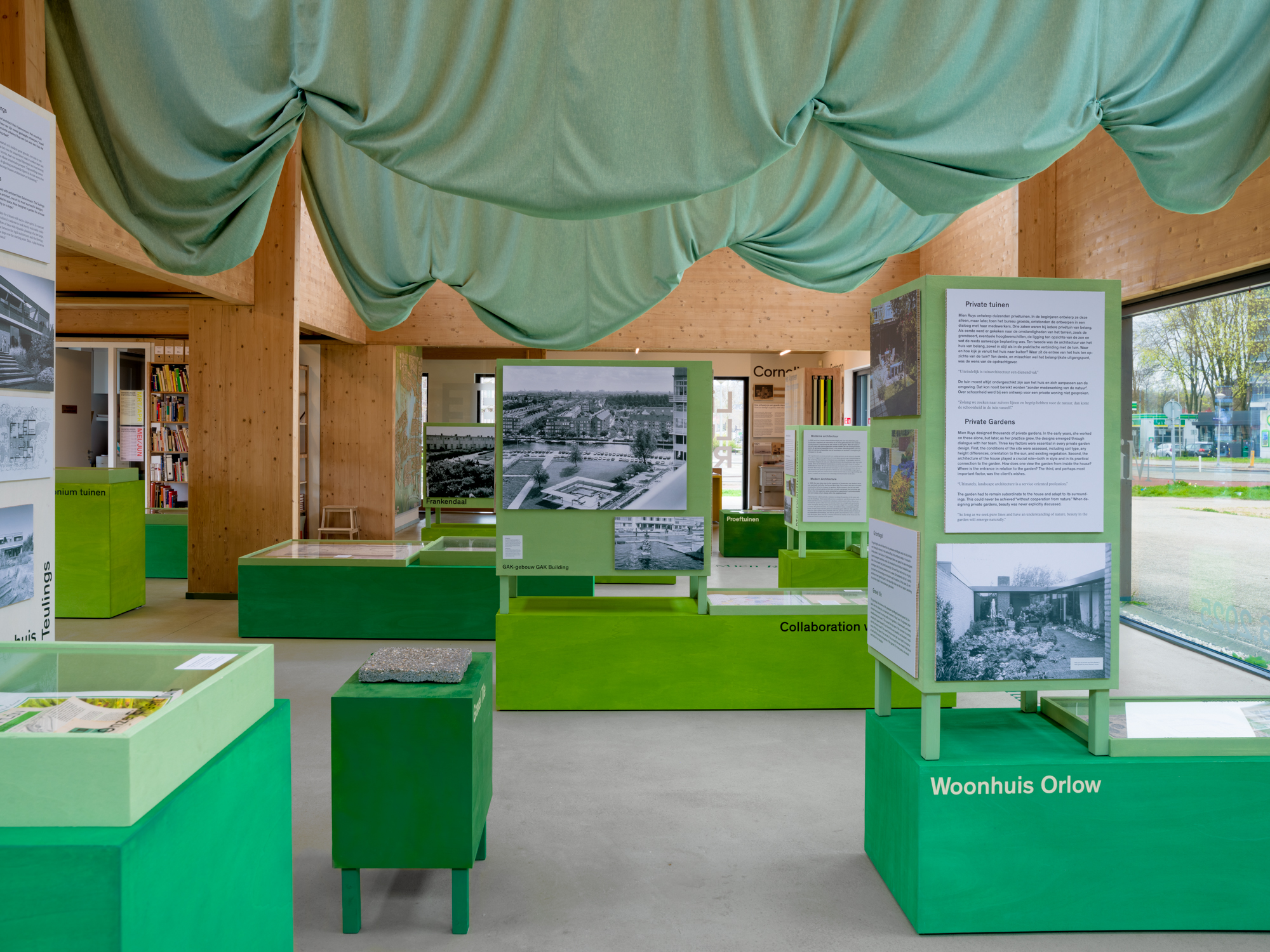

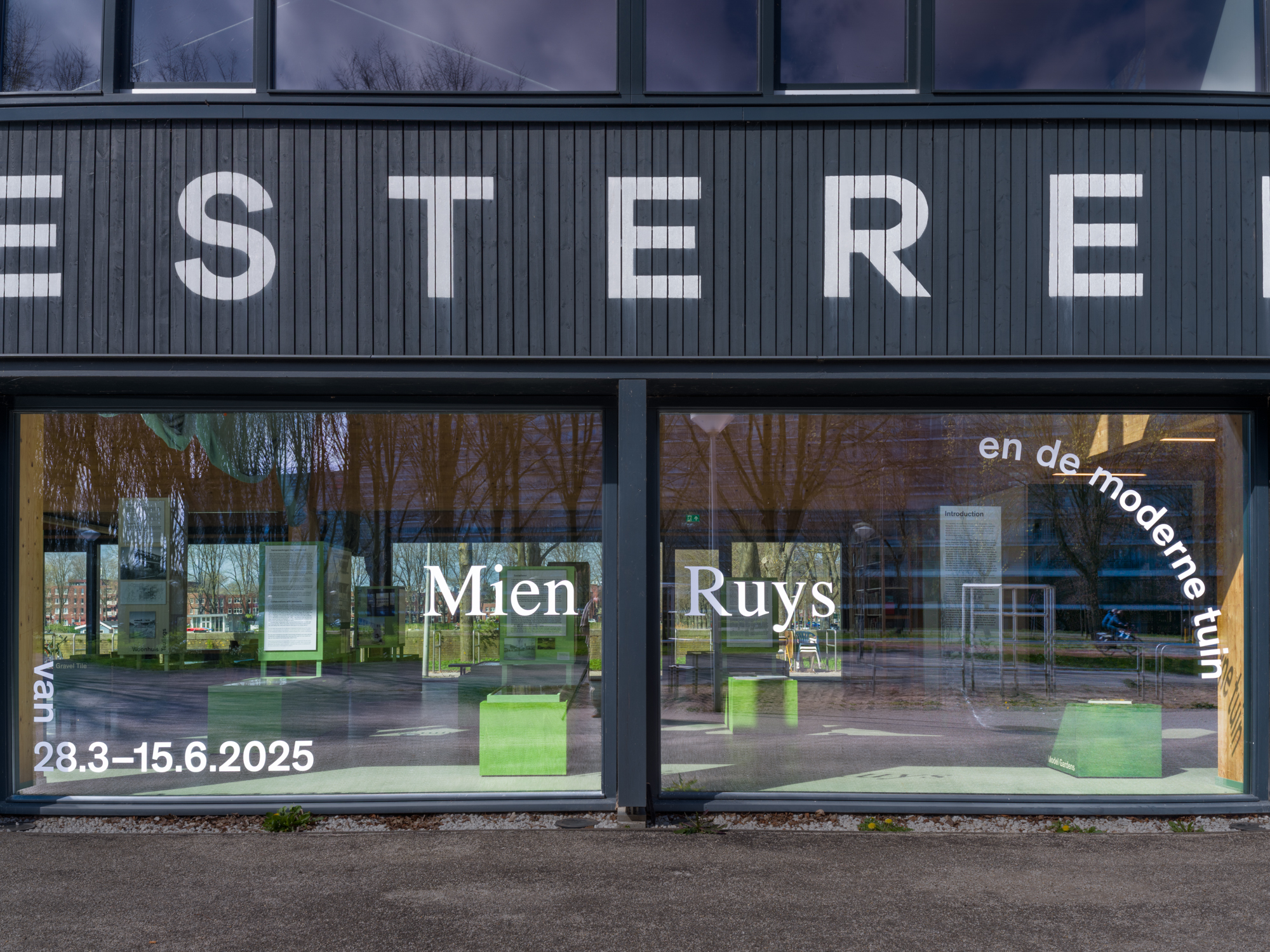
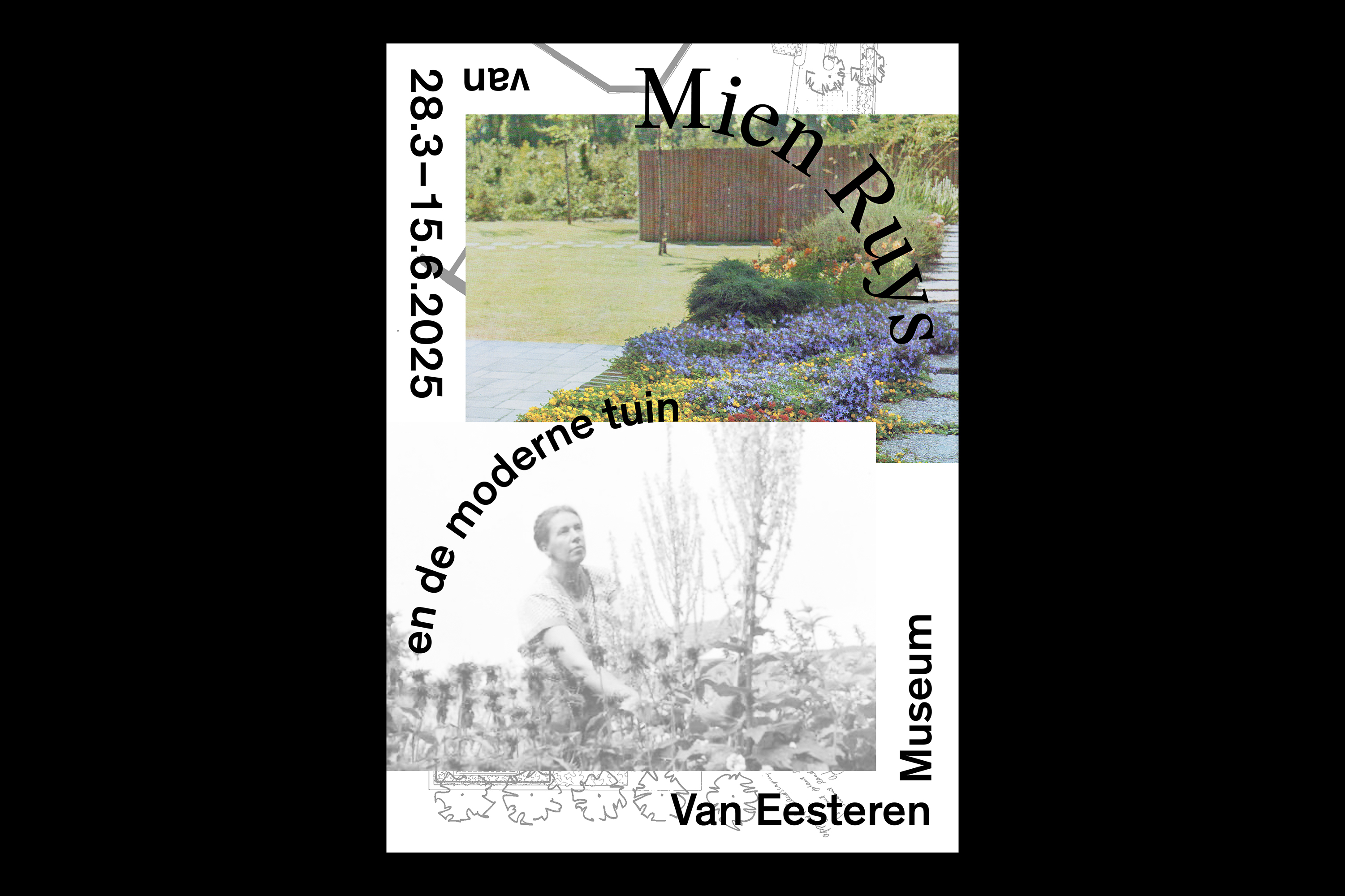
Graphic identity for the exhibition Mien Ruys and the Modern Garden. Mien Ruys (1904–1999) is one of the best-known Dutch garden designers of the twentieth century. Her work—combining an entirely new, clean visual language with lush planting—was revolutionary in both Dutch and international garden architecture. She was among the first designers to focus primarily on the use of perennial plants in the garden, using her experimental gardens to discover and apply new species.
The exhibition focuses on the gardens in Amsterdam, particularly in the post-war expansion areas built from the 1950s onwards. These AUP (General Expansion Plan) districts were designed according to the principles of Nieuwe Bouwen, in which architectural groups such as De 8 and De Opbouw took the lead. Mien Ruys shared the modernist views of these architects and soon joined the group. This marked the beginning of many collaborations with architects such as Merkelbach, Van Eesteren and Bonnema.
Where, around 1900, a garden was still a privilege reserved for the upper classes, this idea slowly began to change in the twentieth century. Mien Ruys believed that everyone should have access to a garden, as nature enhances human well-being. Within the iconic post-war strip and courtyard housing, she successfully applied her socialist ideas by designing communal gardens for social housing. The Geuzenhof and the diagonal designs for the Frankendaal neighbourhood are the first examples of a long series of communal gardens Ruys created for the city of Amsterdam.
With her concept of ready-made borders, she also democratized the garden. These border packages—purchased at V&D or at the nursery and planted by people in their own gardens—allowed her plant expertise to reach a wide audience. She also devised other clever garden solutions, such as using railway sleepers to create height differences and developing the grion tile for a clean yet natural look. Mien Ruys’ style is recognisable by the perennial borders and the geometric forms in her gardens. The clean lines give structure to the lushness and unpredictability of nature, with “simplicity” forming the core of good design.
Spatial design: Monadnock
Curation: Jorn Konijn, Mijke Tonnon
Photos: Gaf van Baalen
The exhibition focuses on the gardens in Amsterdam, particularly in the post-war expansion areas built from the 1950s onwards. These AUP (General Expansion Plan) districts were designed according to the principles of Nieuwe Bouwen, in which architectural groups such as De 8 and De Opbouw took the lead. Mien Ruys shared the modernist views of these architects and soon joined the group. This marked the beginning of many collaborations with architects such as Merkelbach, Van Eesteren and Bonnema.
Where, around 1900, a garden was still a privilege reserved for the upper classes, this idea slowly began to change in the twentieth century. Mien Ruys believed that everyone should have access to a garden, as nature enhances human well-being. Within the iconic post-war strip and courtyard housing, she successfully applied her socialist ideas by designing communal gardens for social housing. The Geuzenhof and the diagonal designs for the Frankendaal neighbourhood are the first examples of a long series of communal gardens Ruys created for the city of Amsterdam.
With her concept of ready-made borders, she also democratized the garden. These border packages—purchased at V&D or at the nursery and planted by people in their own gardens—allowed her plant expertise to reach a wide audience. She also devised other clever garden solutions, such as using railway sleepers to create height differences and developing the grion tile for a clean yet natural look. Mien Ruys’ style is recognisable by the perennial borders and the geometric forms in her gardens. The clean lines give structure to the lushness and unpredictability of nature, with “simplicity” forming the core of good design.
Spatial design: Monadnock
Curation: Jorn Konijn, Mijke Tonnon
Photos: Gaf van Baalen
COMMON GROUND
Waanders Uitgevers
Book
240 × 170 mm / offset print
2024
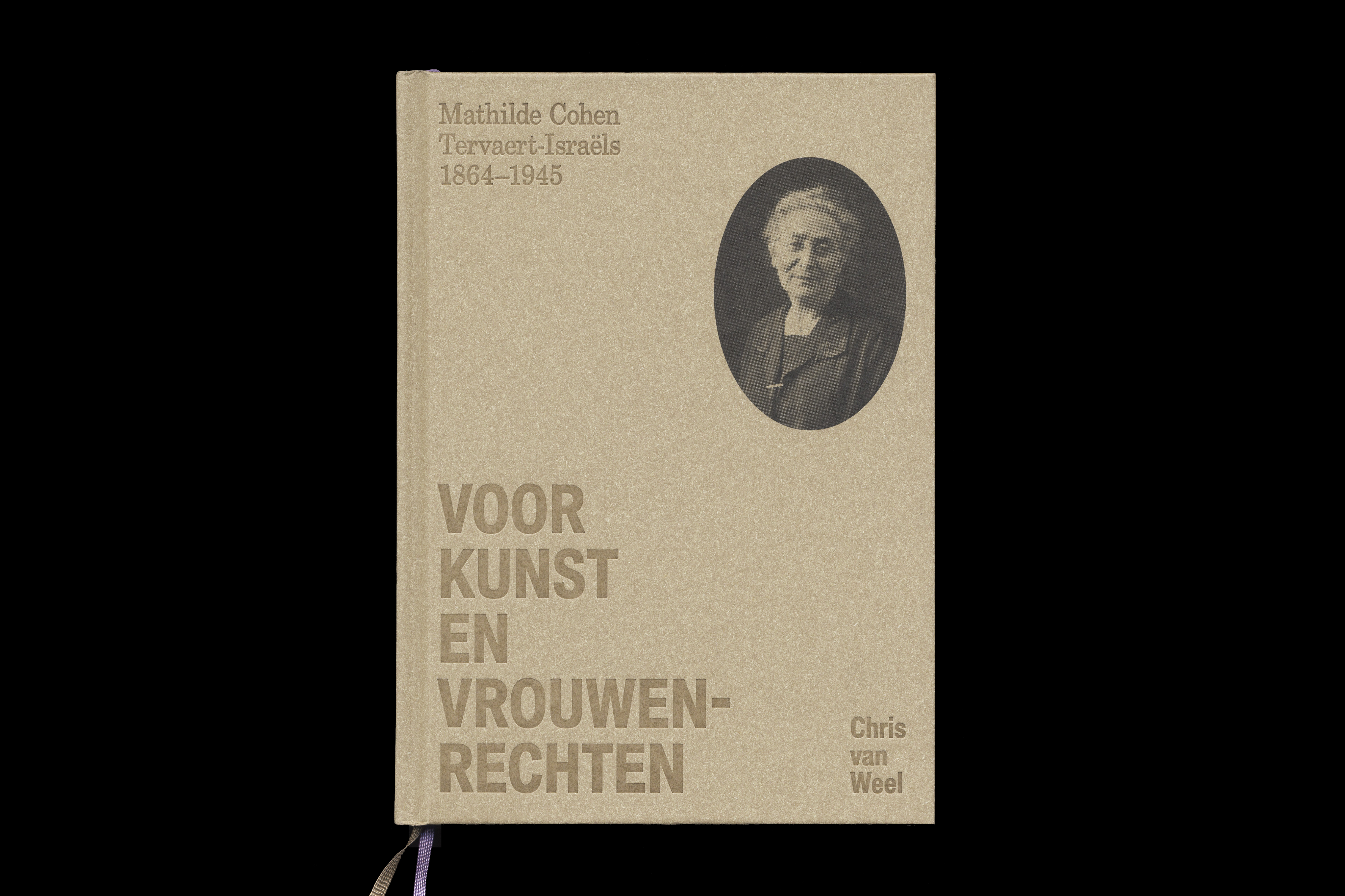
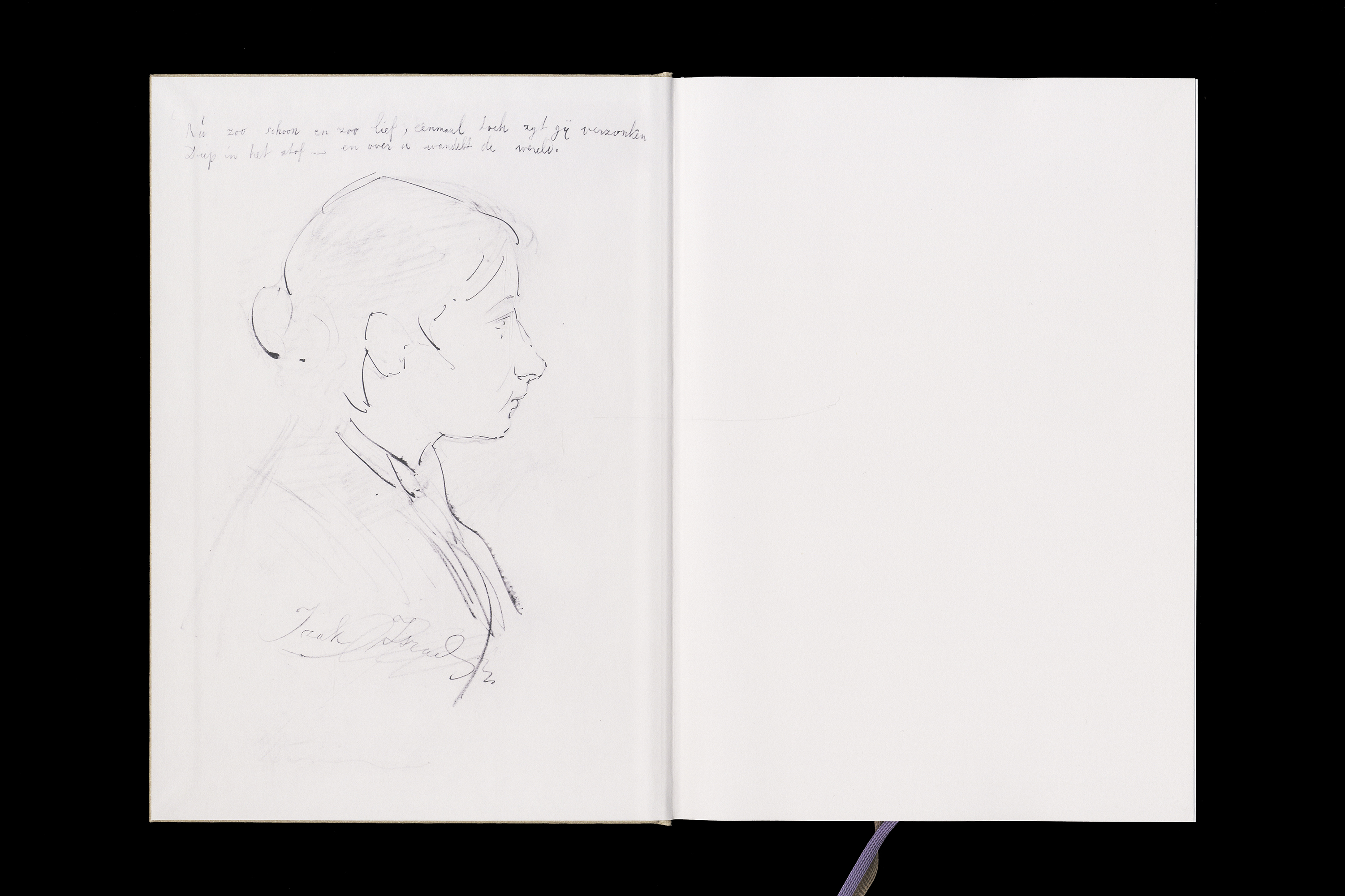

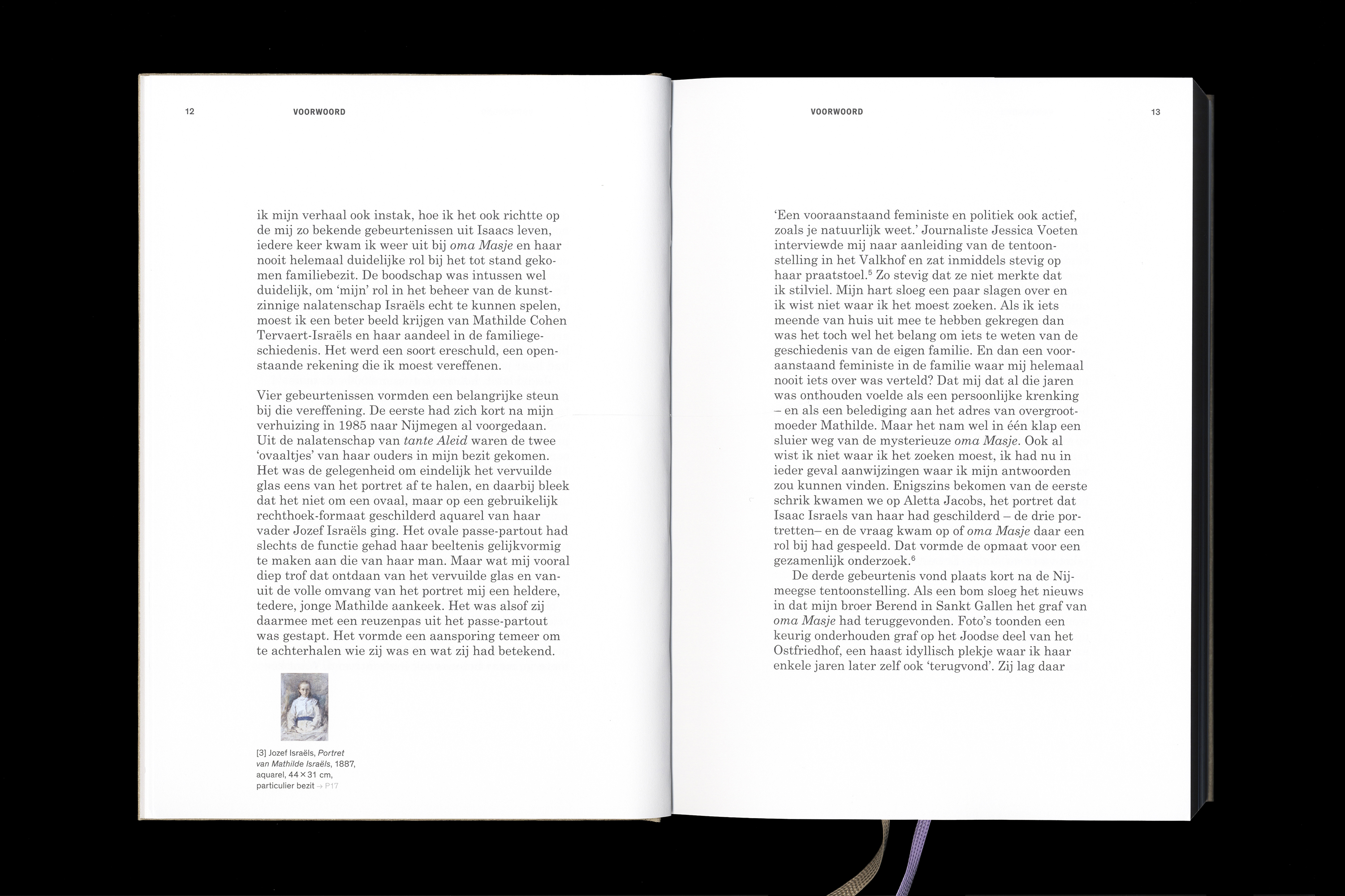


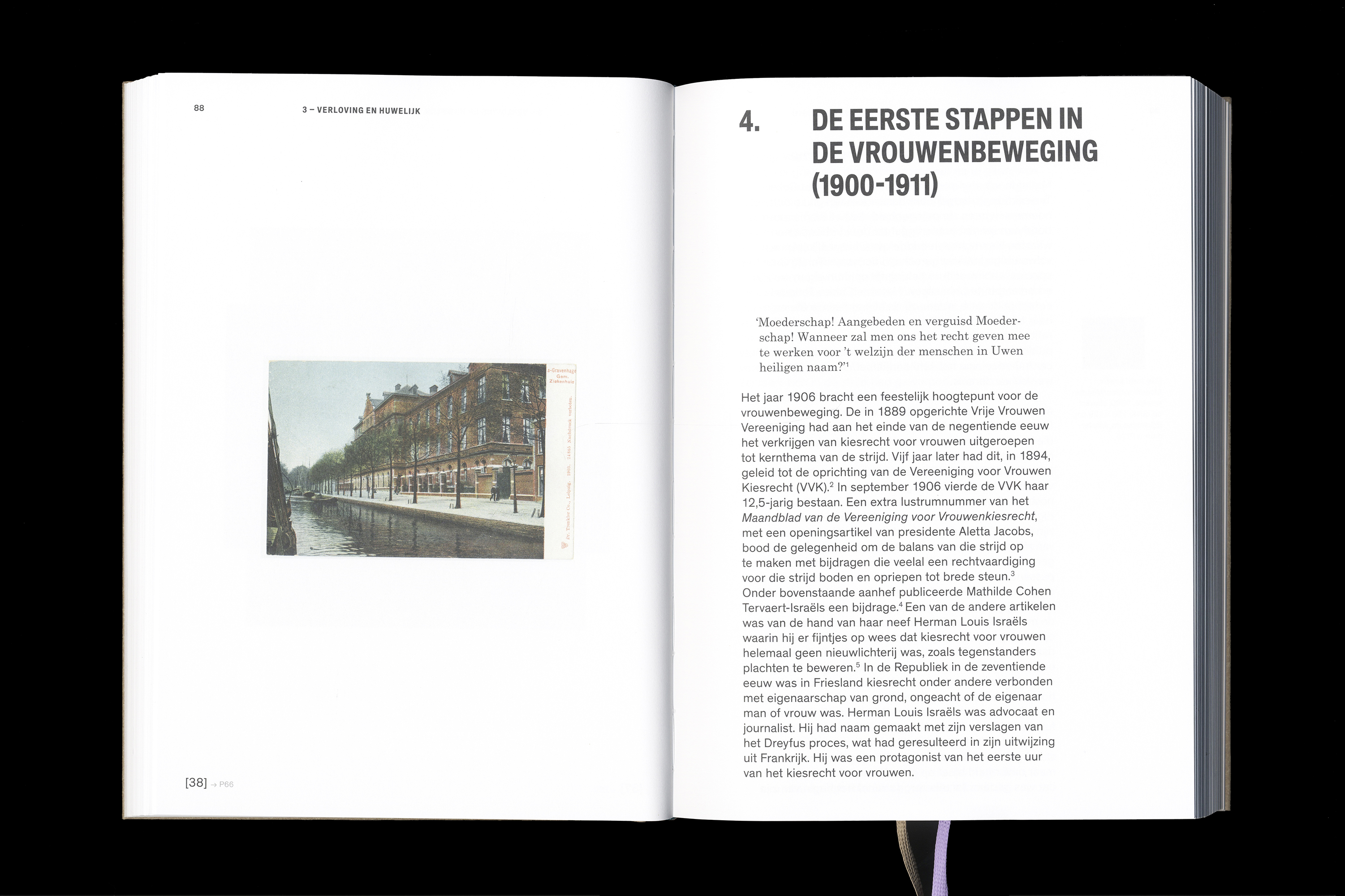
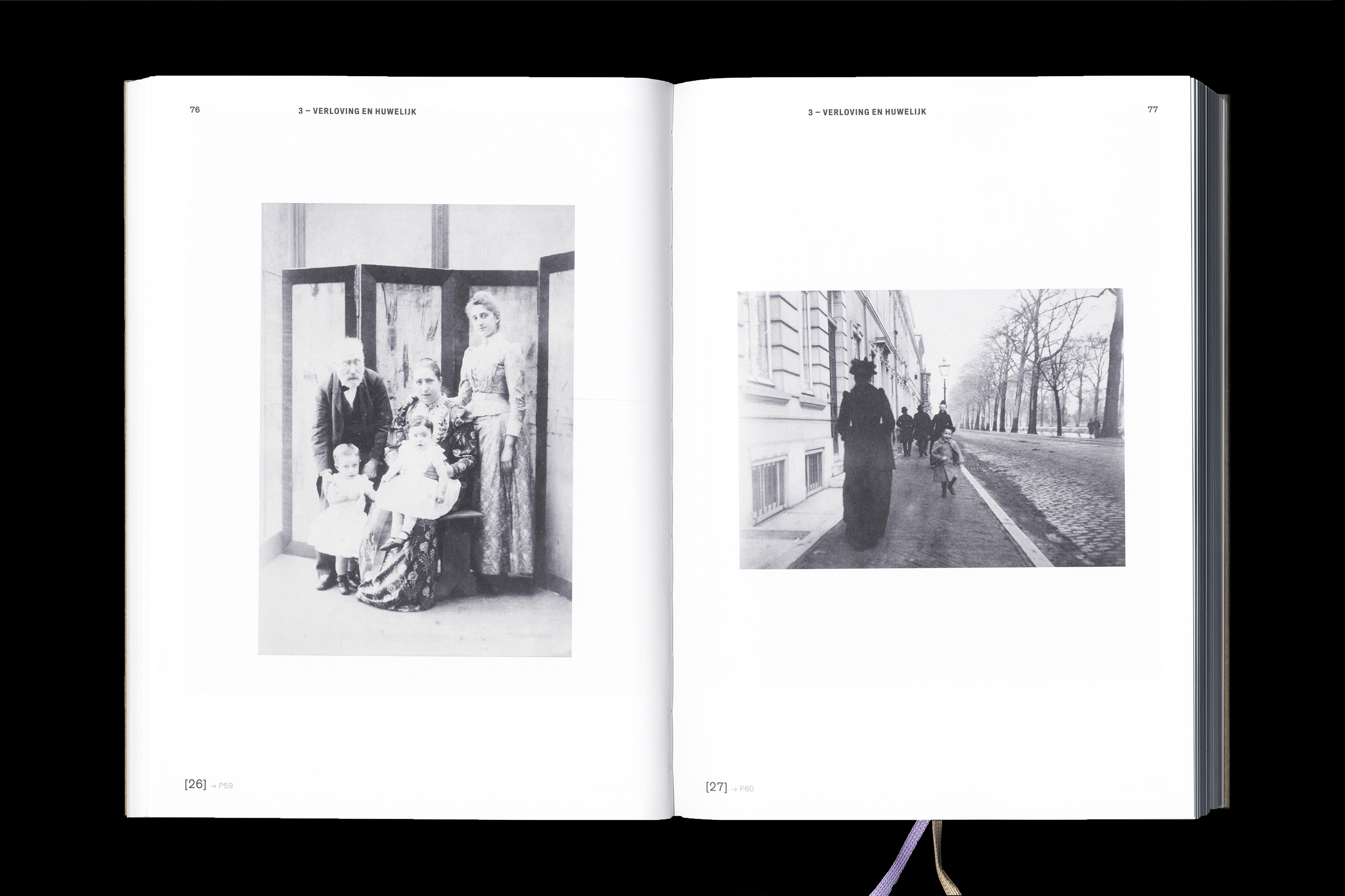


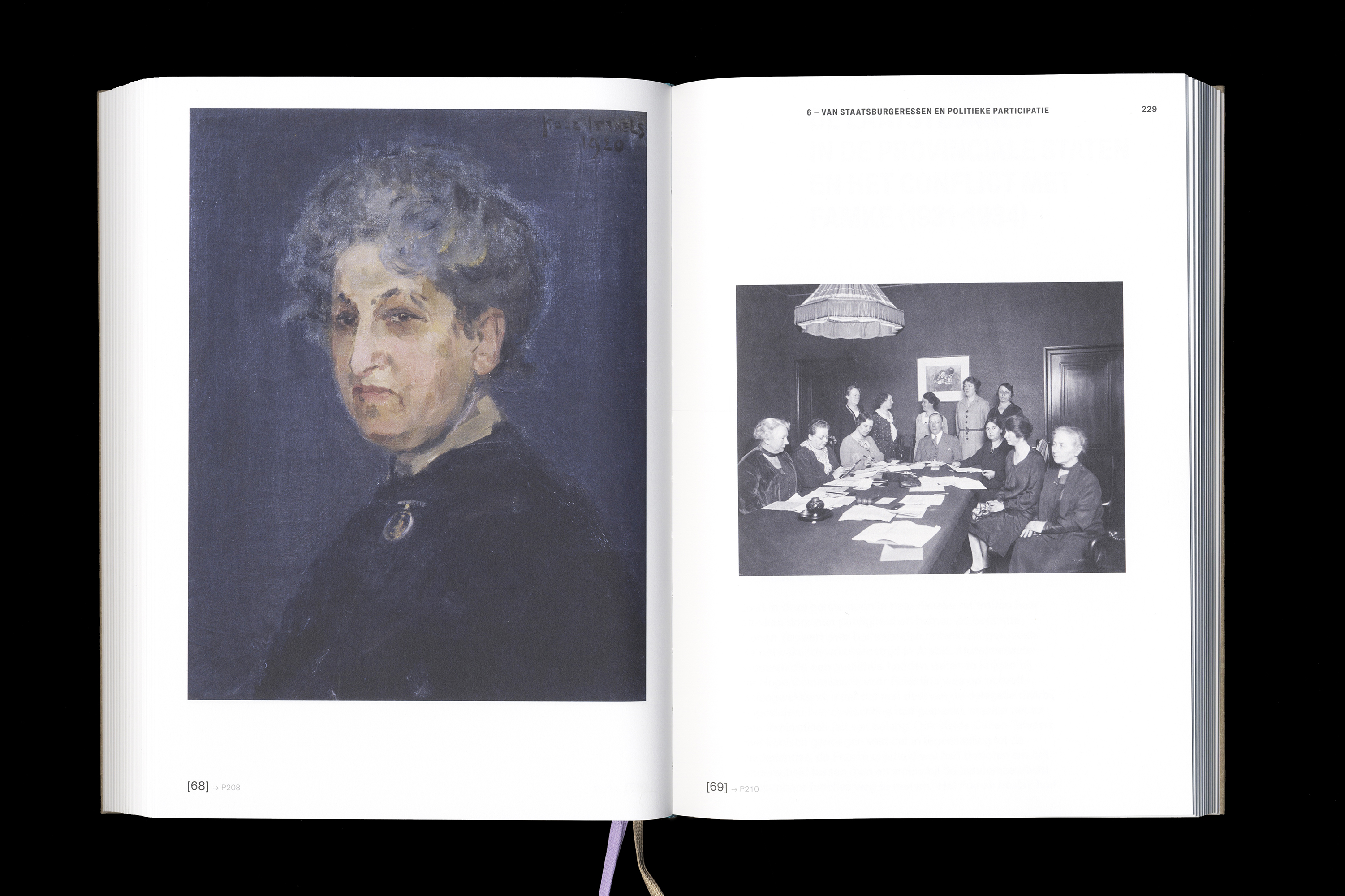
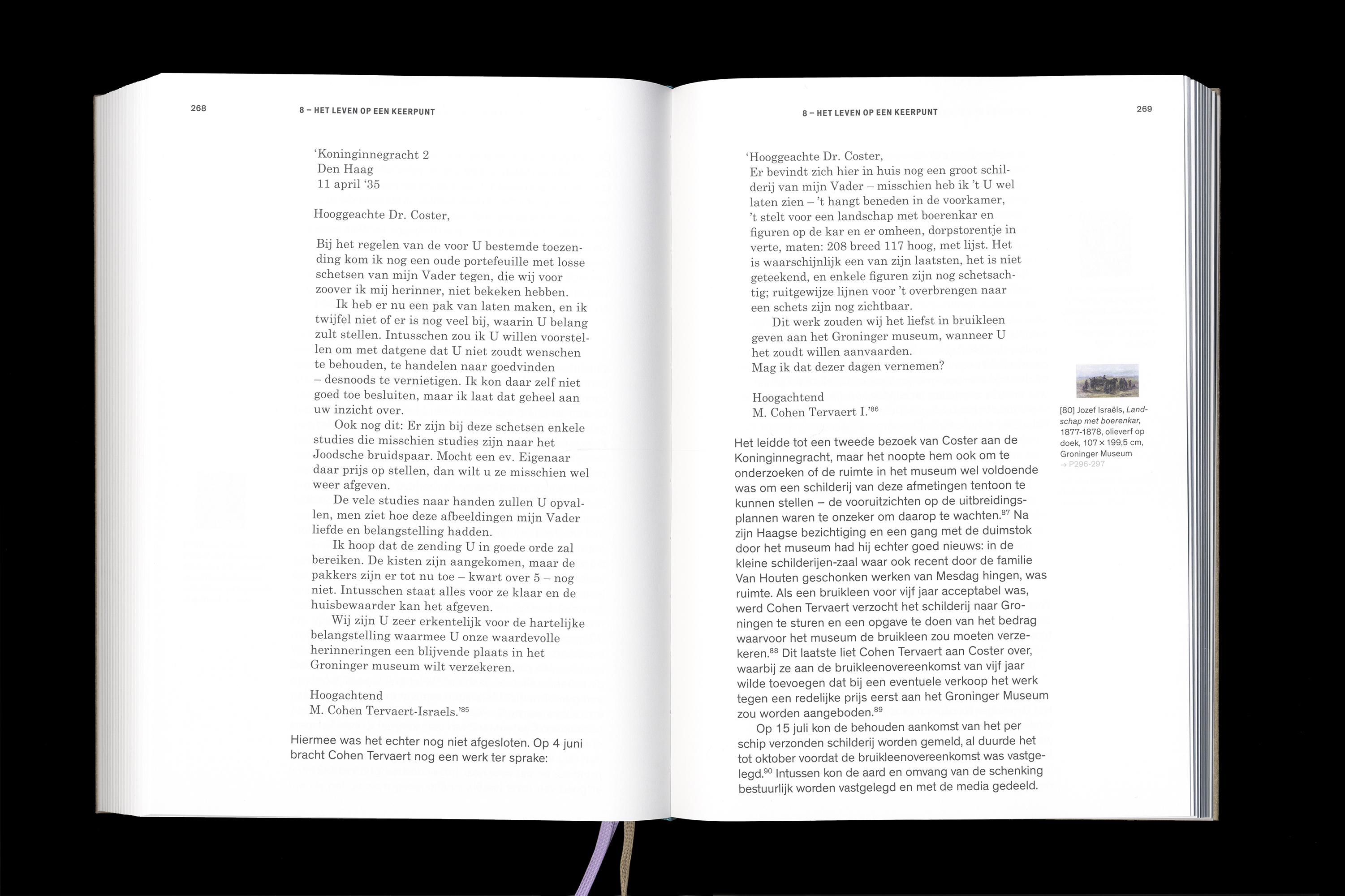
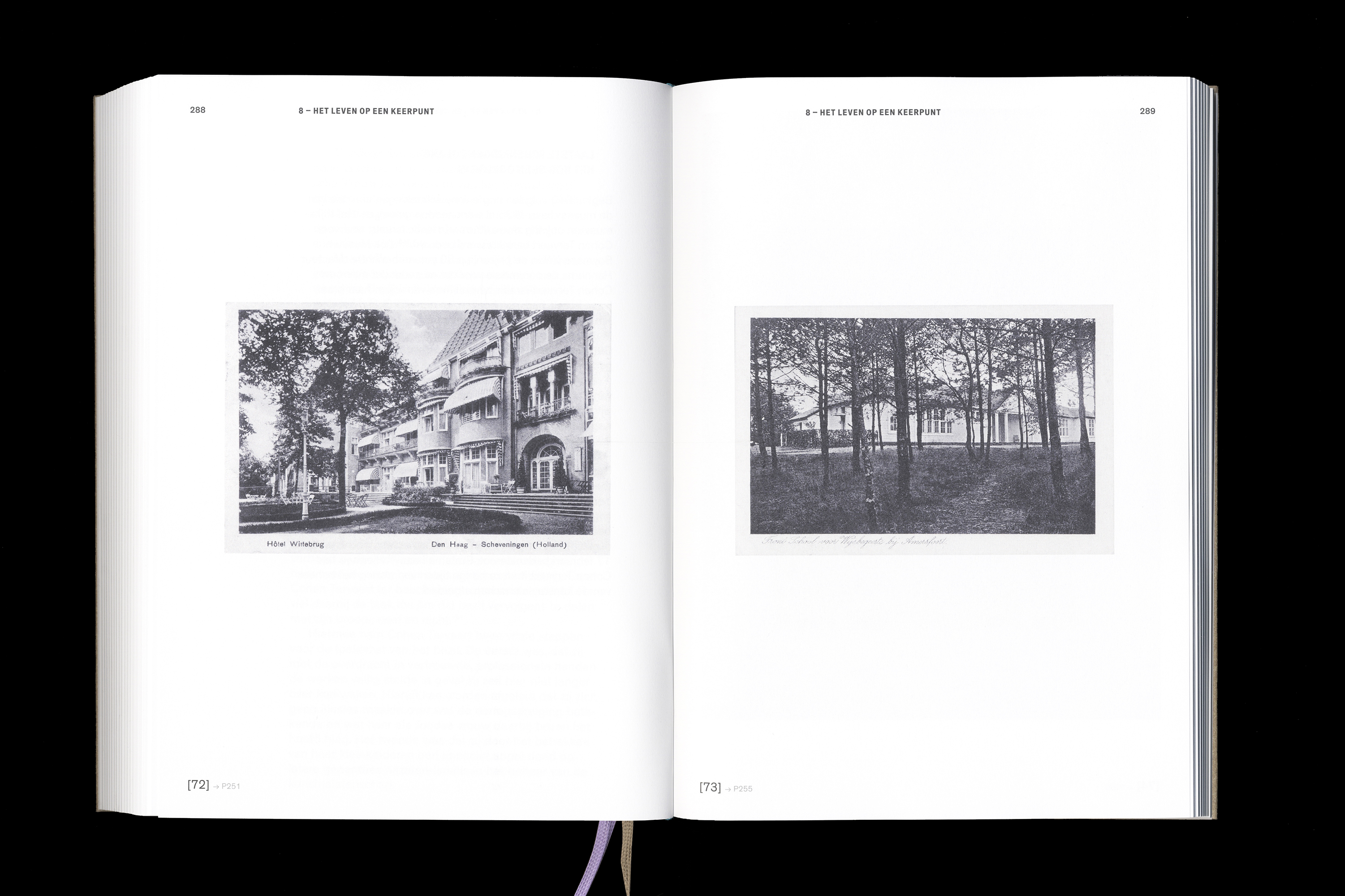




Voor kunst en vrouwenrechten (For Art and Women’s Rights), written by Chris van Weel. Mathilde Cohen Tervaert-Israëls emerged as a passionate feminist from 1900 onwards. She fought against the double standards that applied to men and women. She was particularly concerned with the fate of unmarried mothers and prostitutes. In this fight, she focused on achieving full citizenship for women through the acquisition of suffrage and political participation.
in the twilight of her feminist career, the sudden death of her brother Isaac Israels left her tasked with clearing out his studio. She had to find a suitable home for the extensive collection of paintings, watercolors, and sketchbooks it contained, both by Isaac and her father Jozef Israëls. This resulted in major donations to various museums in the Netherlands.
in the twilight of her feminist career, the sudden death of her brother Isaac Israels left her tasked with clearing out his studio. She had to find a suitable home for the extensive collection of paintings, watercolors, and sketchbooks it contained, both by Isaac and her father Jozef Israëls. This resulted in major donations to various museums in the Netherlands.
COMMON GROUND
European Cultural Foundation
Magazine
255 × 175 mm / offset print
2024
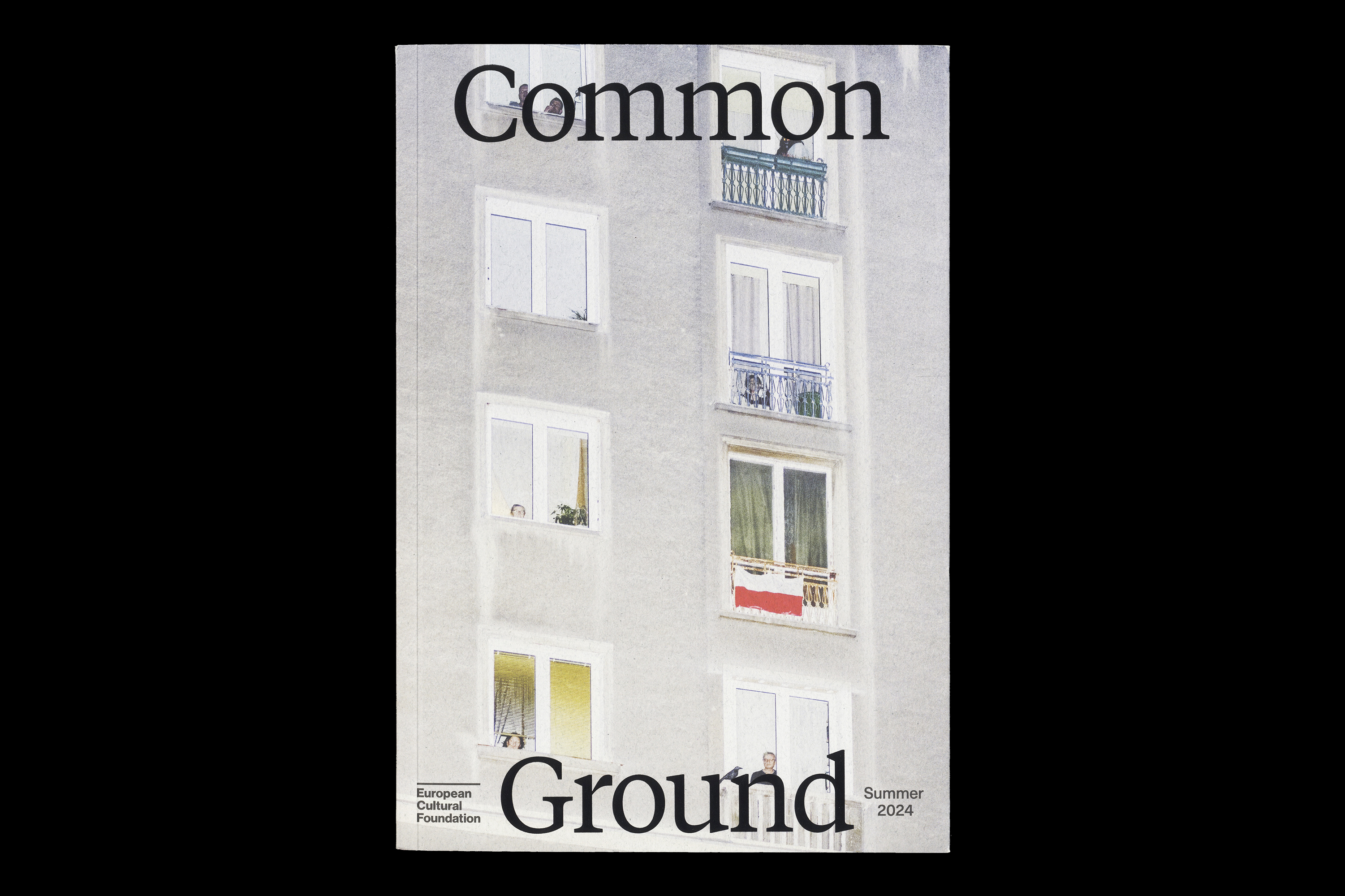
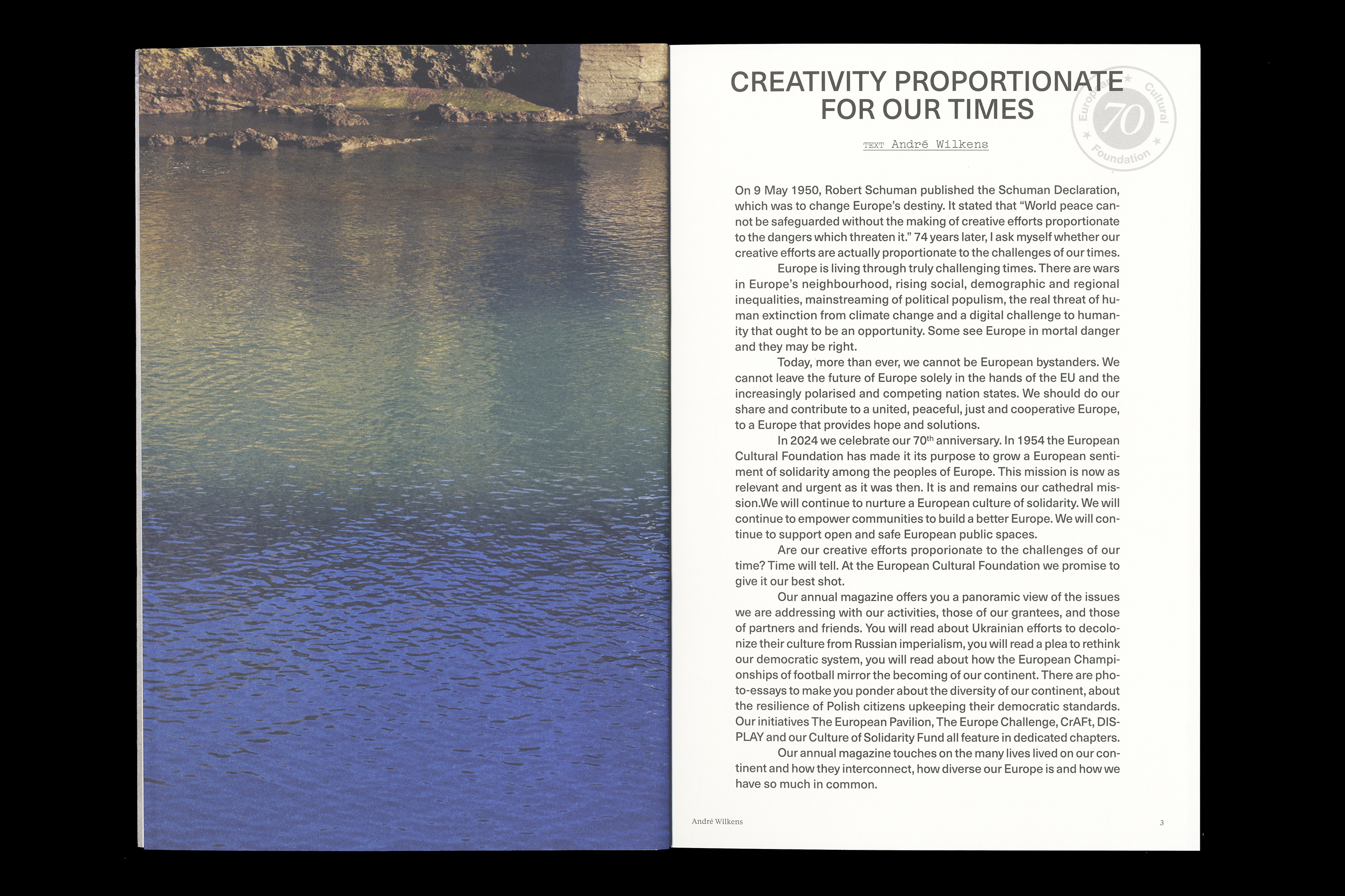



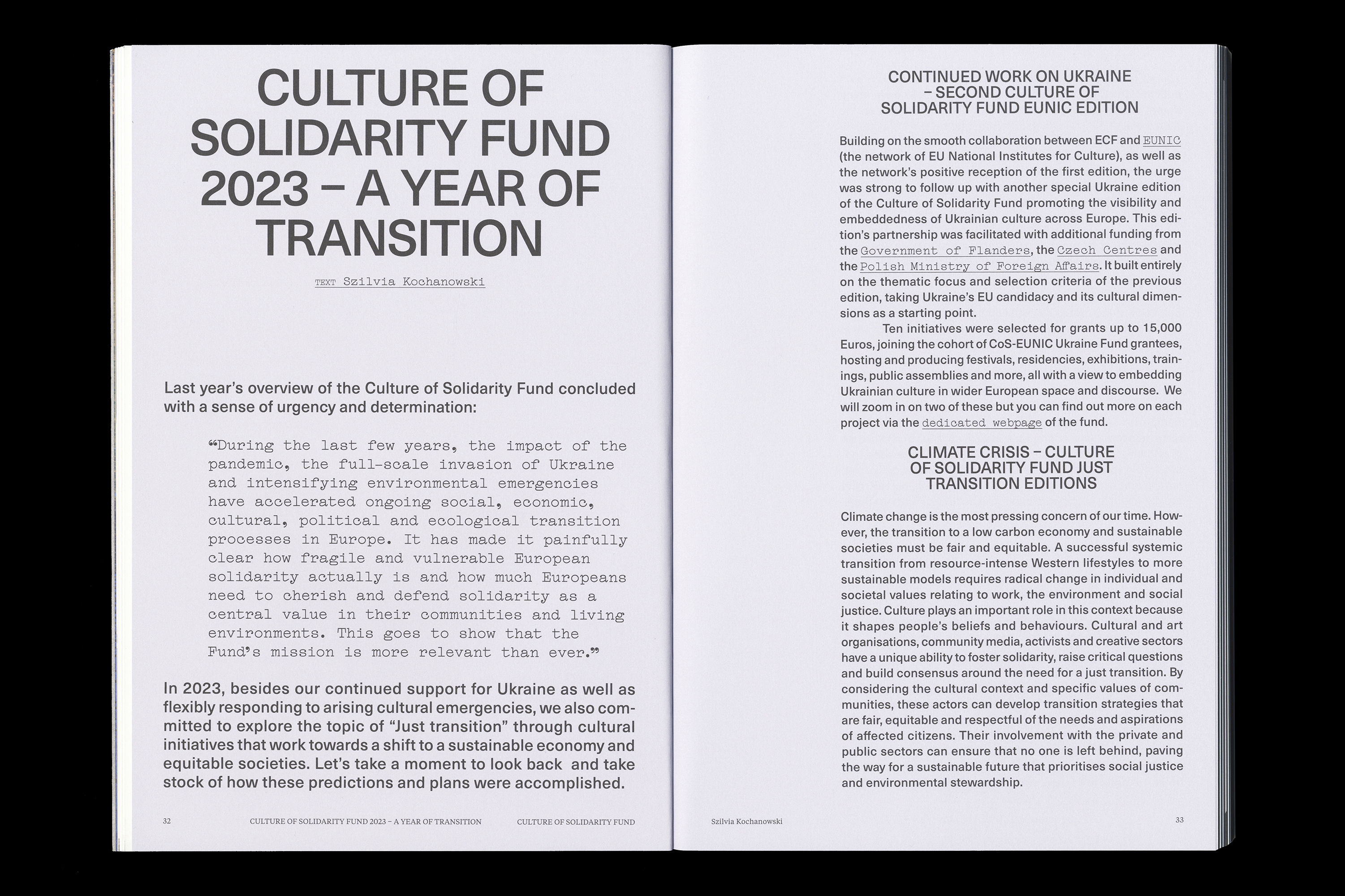


















The fifth issue of Common Ground, the annual magazine of the European Cultural Foundation, created to celebrate Europe Day. Europe Day is celebrated on May 9, since on that date in 1950 a statement (the Schuman declaration) was made by French foreign minister Robert Schuman. It proposed to place French and West German production of coal and steel under one common High Authority. This organization would be open to participation of other Western European countries. This cooperation was to be designed in such a way as to create common interests between European countries which would lead to gradual political integration, a condition for the pacification of relations between them. It was the beginning of what would become our current European Union.
Robert Schuman: ‘Europe will not be made all at once, or according to a single plan. It will be built through concrete achievements which first create a de facto solidarity.’
Cover Photo: Patricia Morosan
Robert Schuman: ‘Europe will not be made all at once, or according to a single plan. It will be built through concrete achievements which first create a de facto solidarity.’
Cover Photo: Patricia Morosan
Tonia Stieljes: model and activist
Singer Laren
Exhibition
Divers
2023


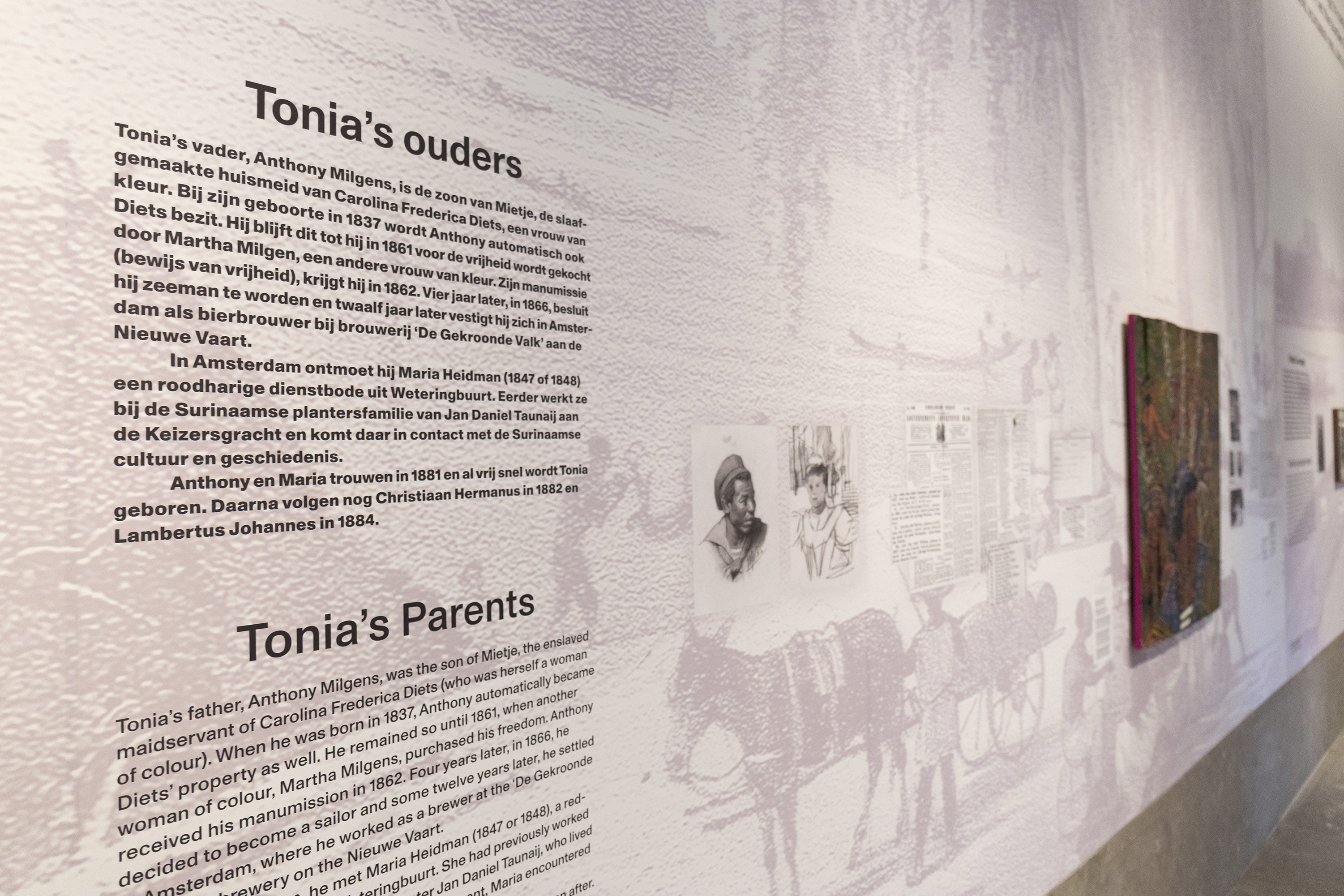





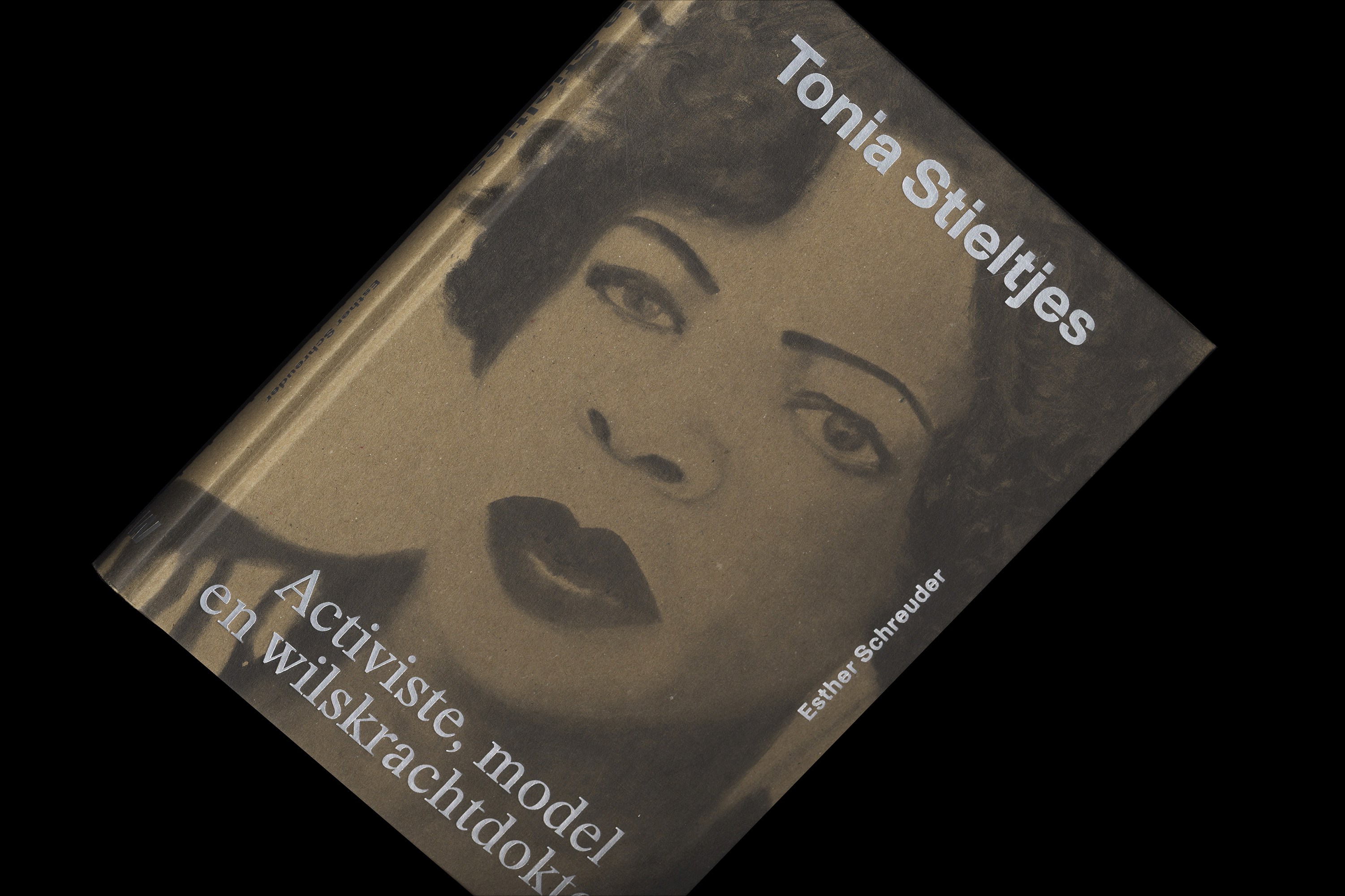

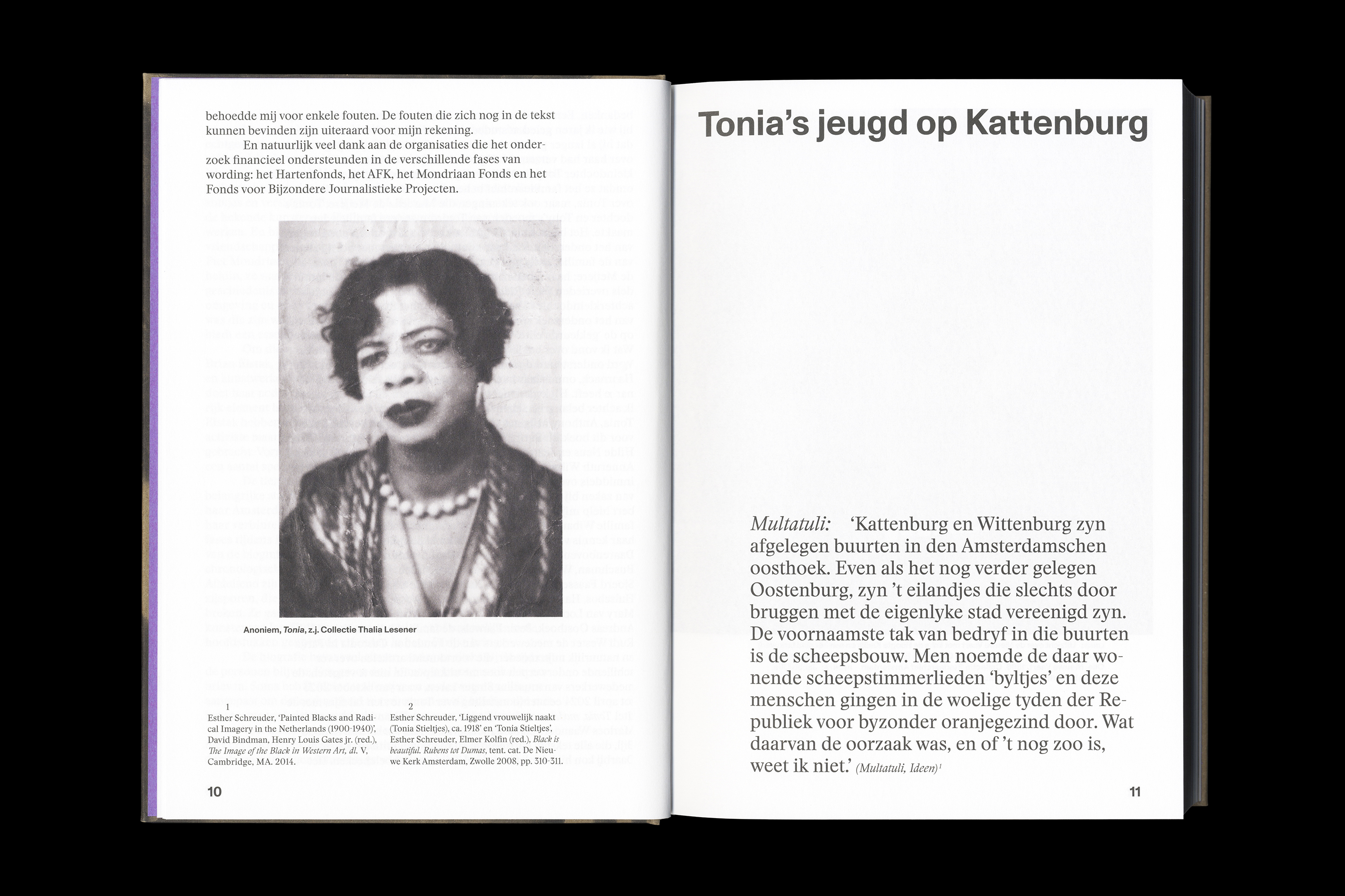
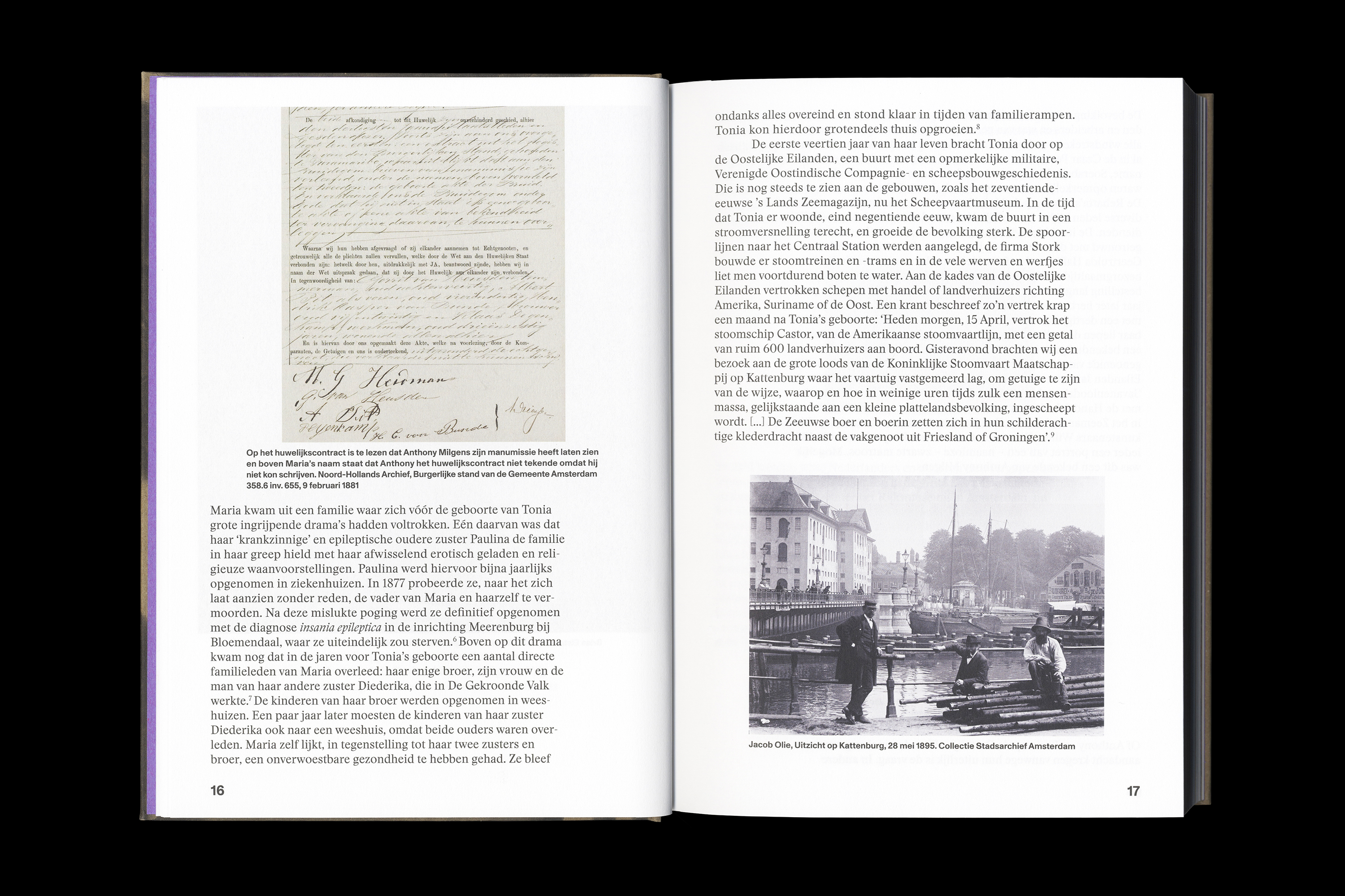

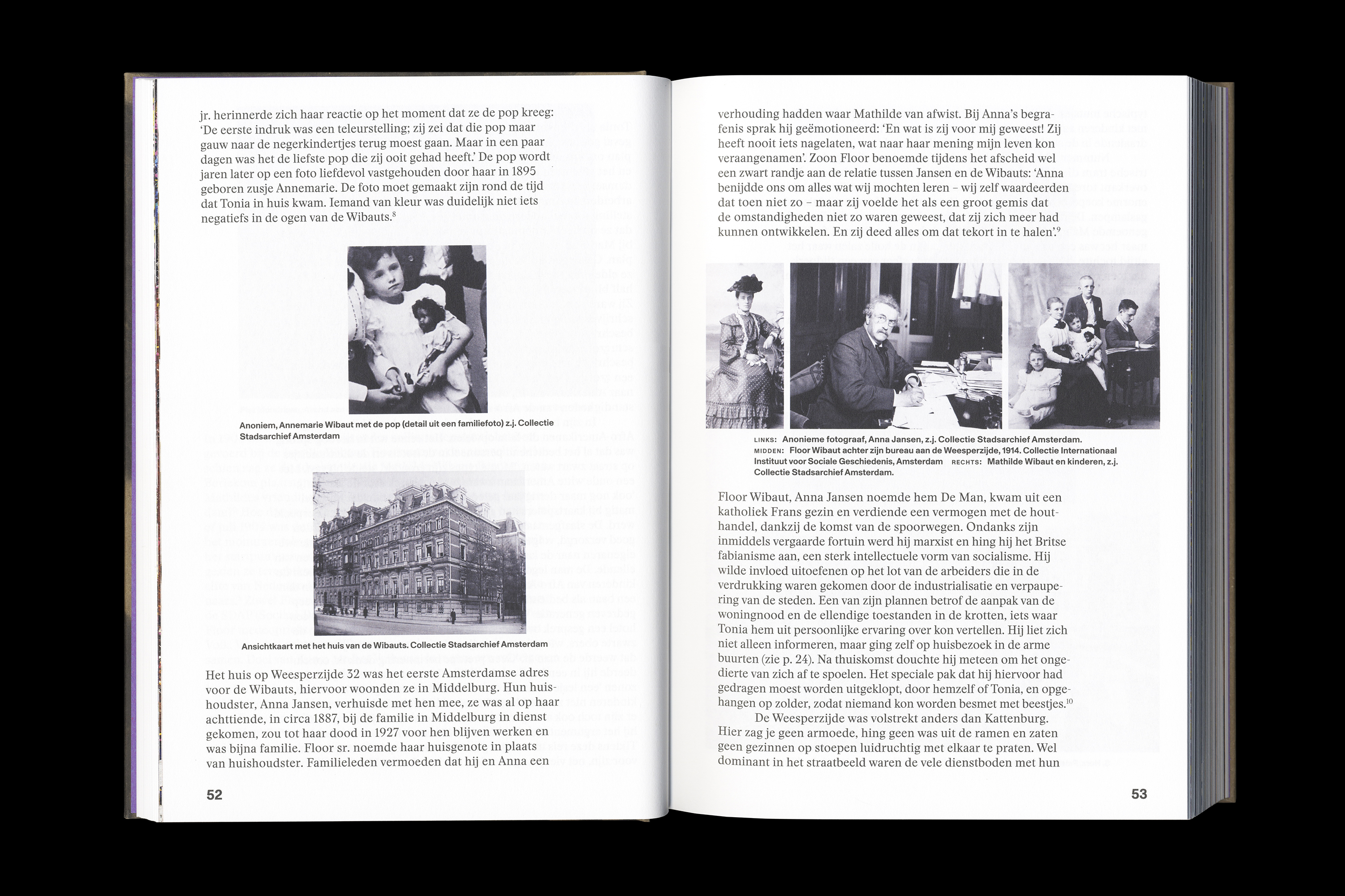

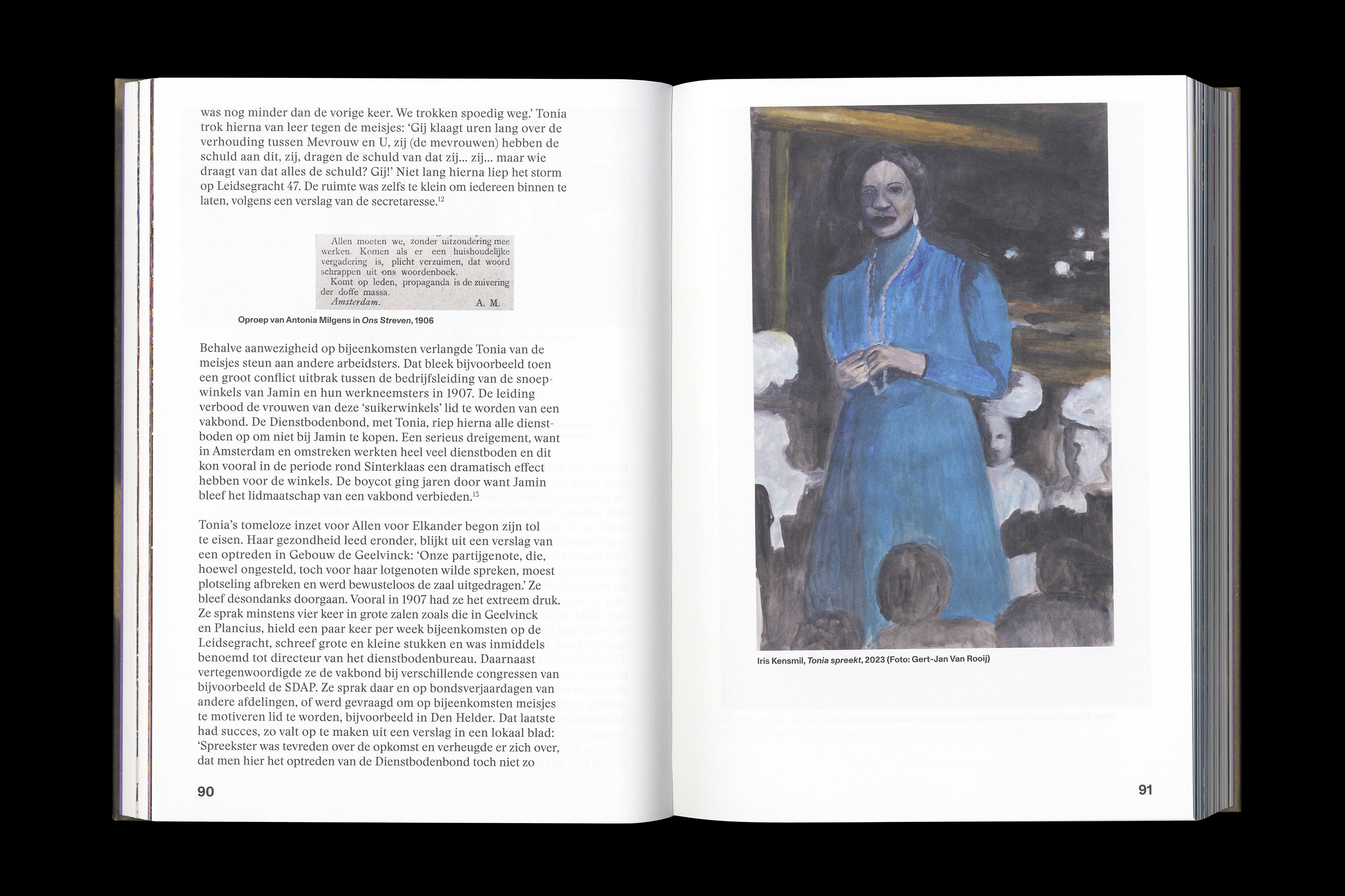

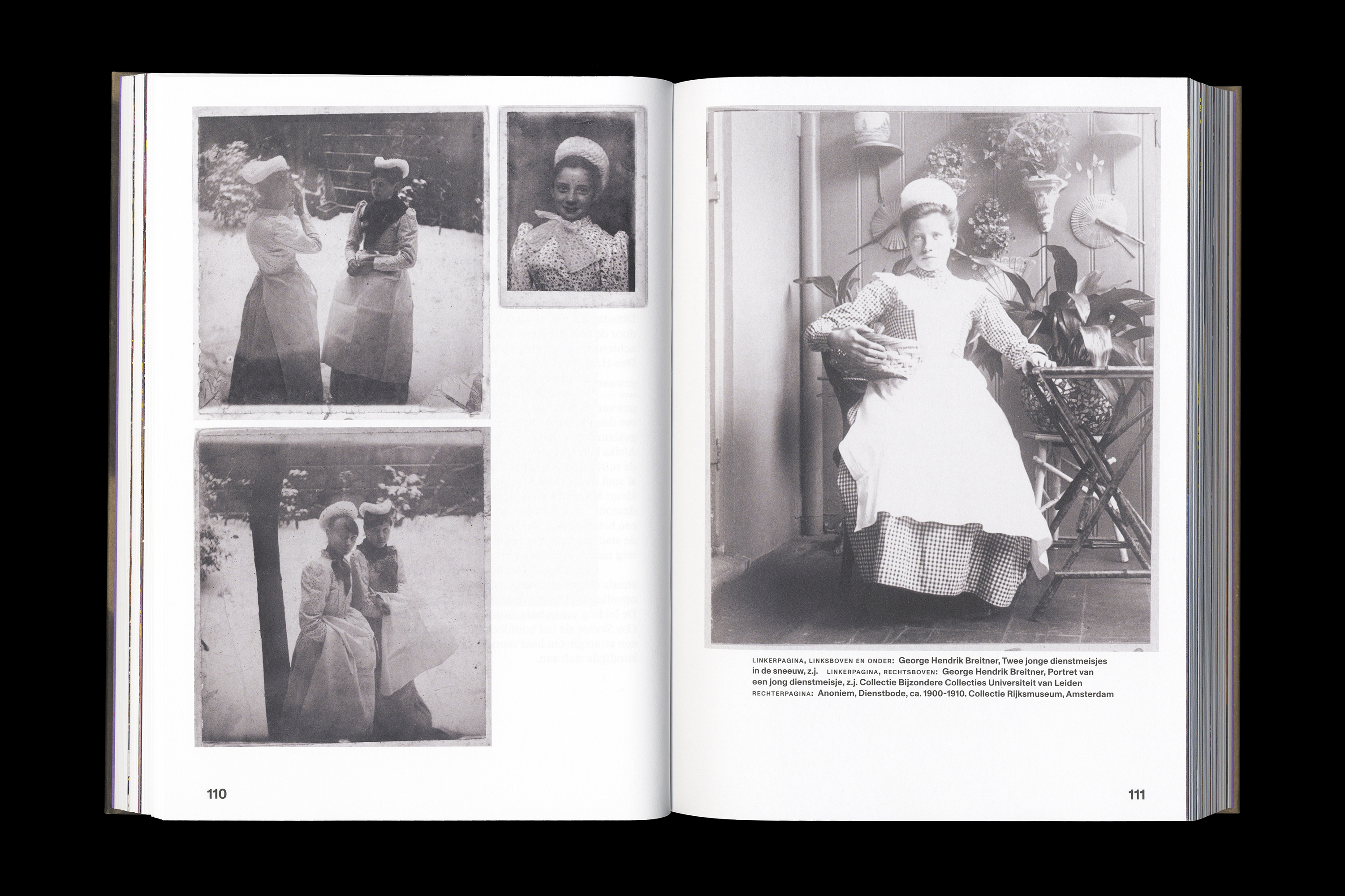



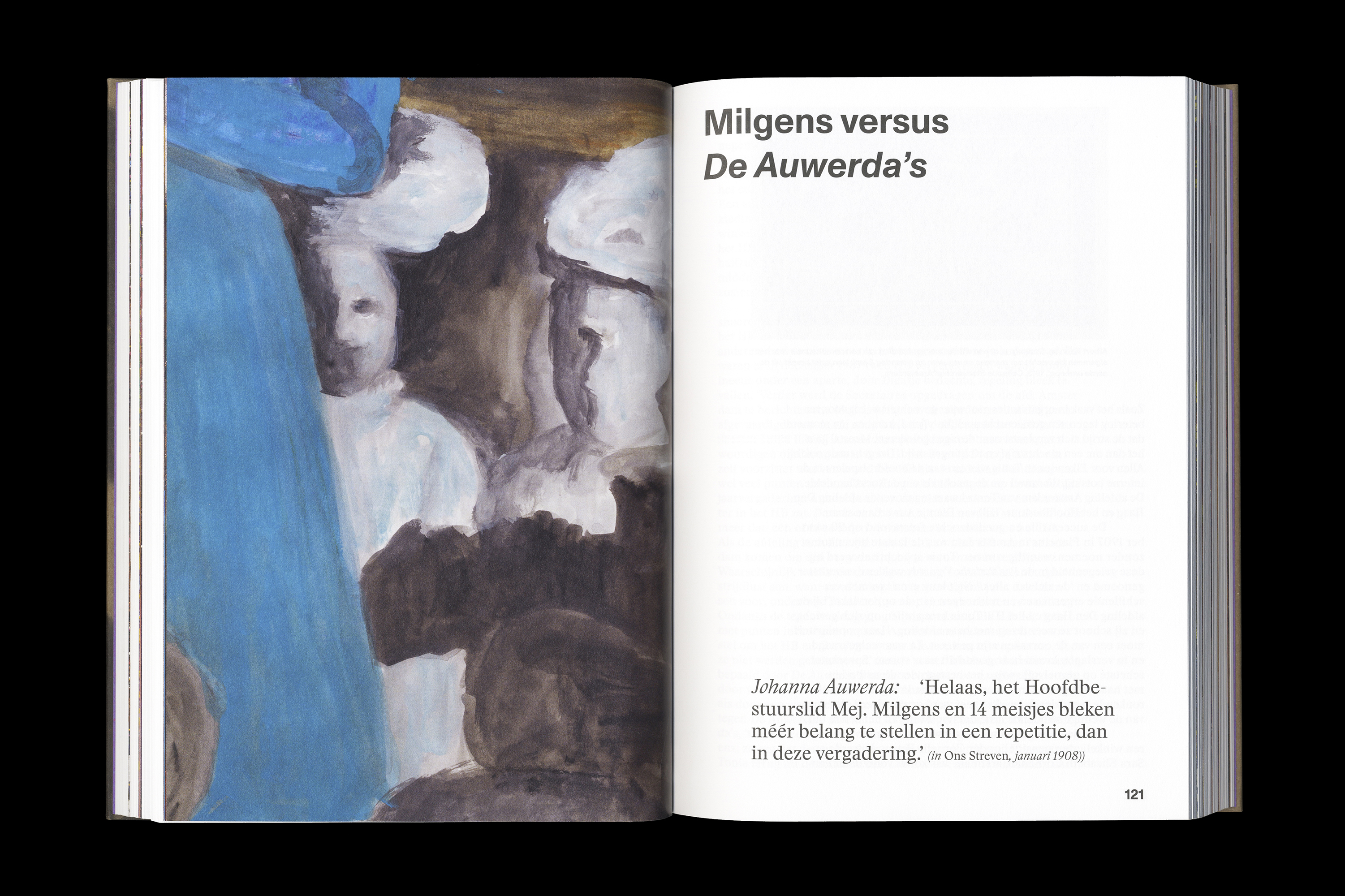

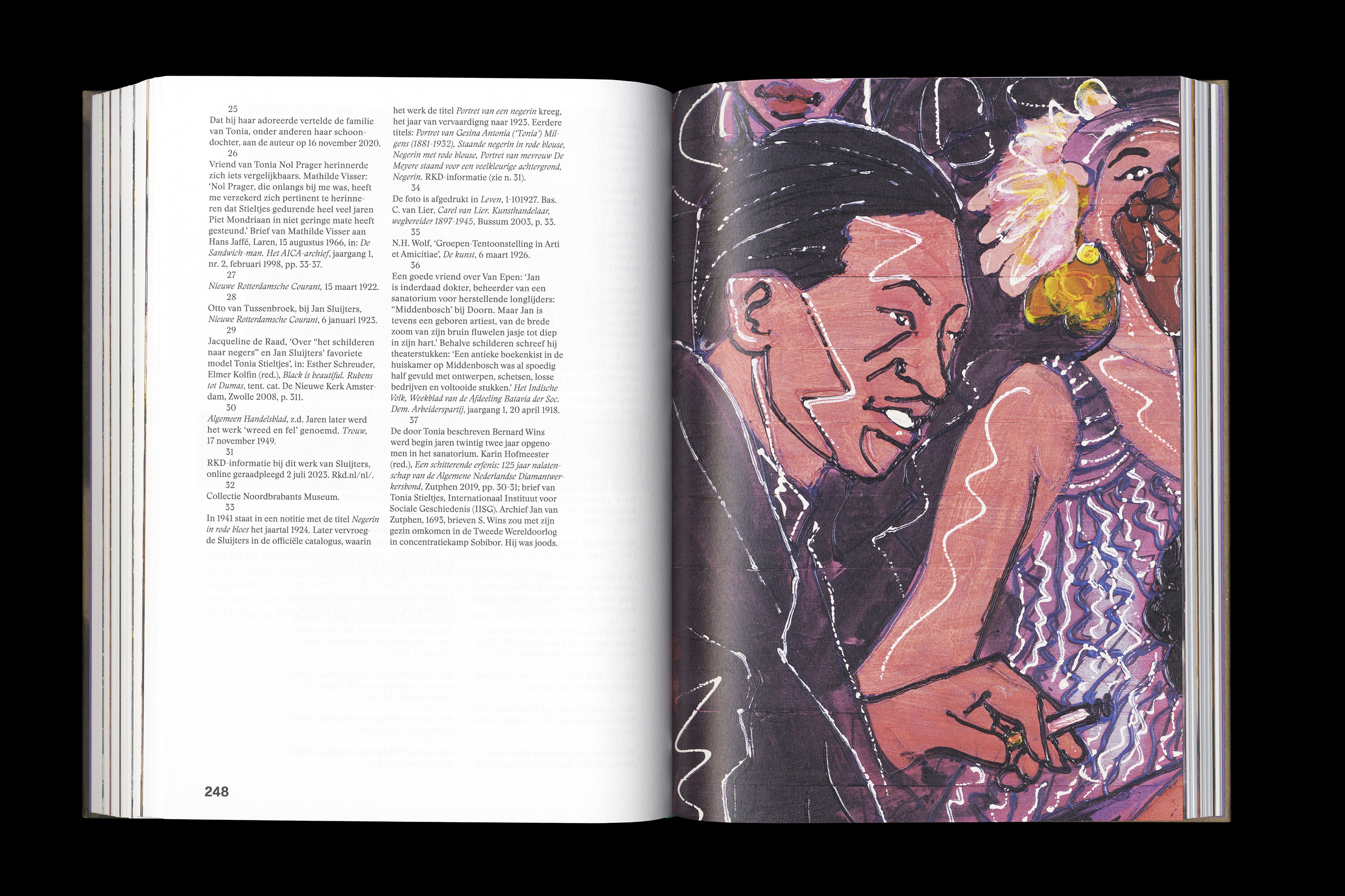
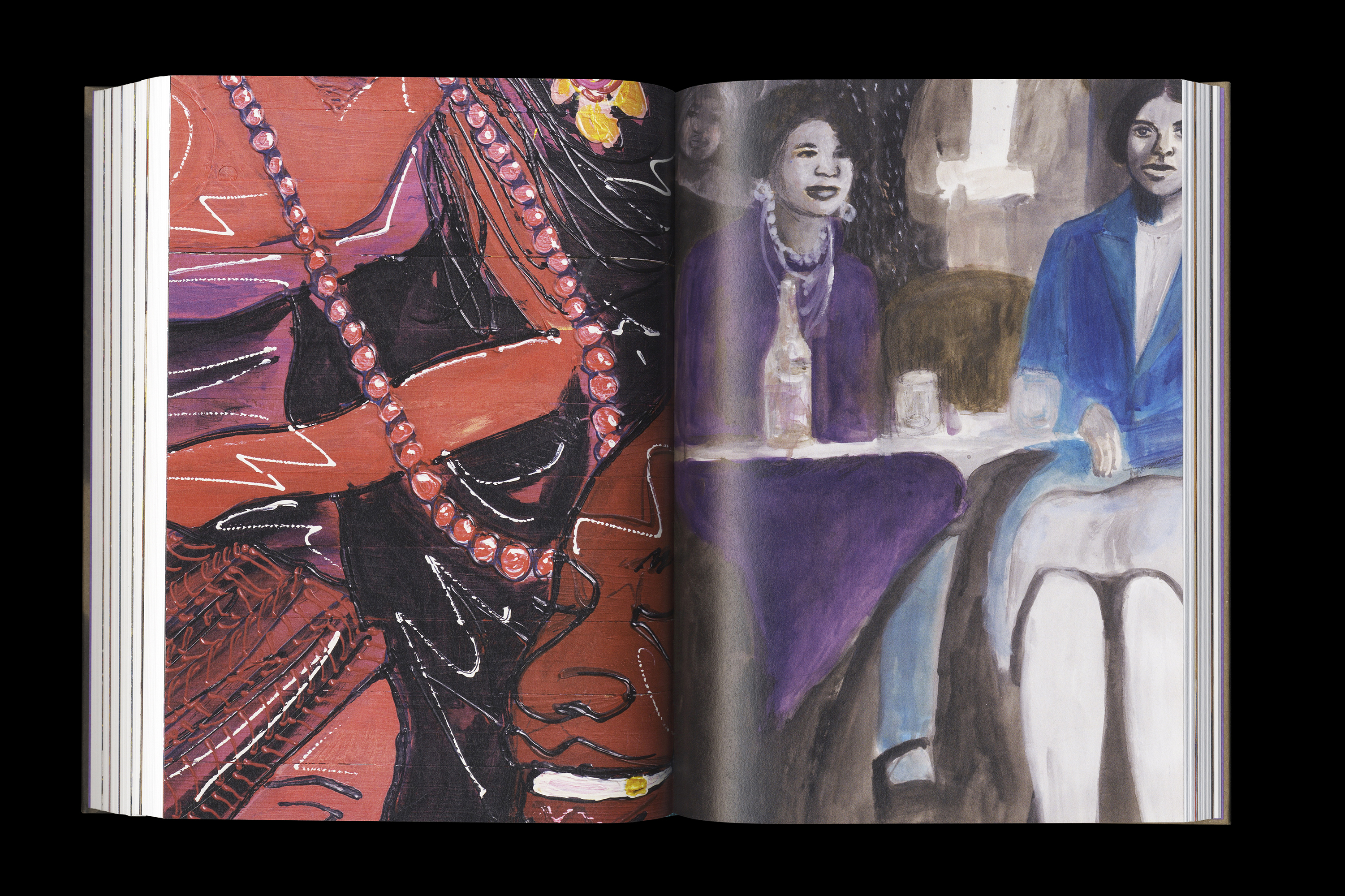




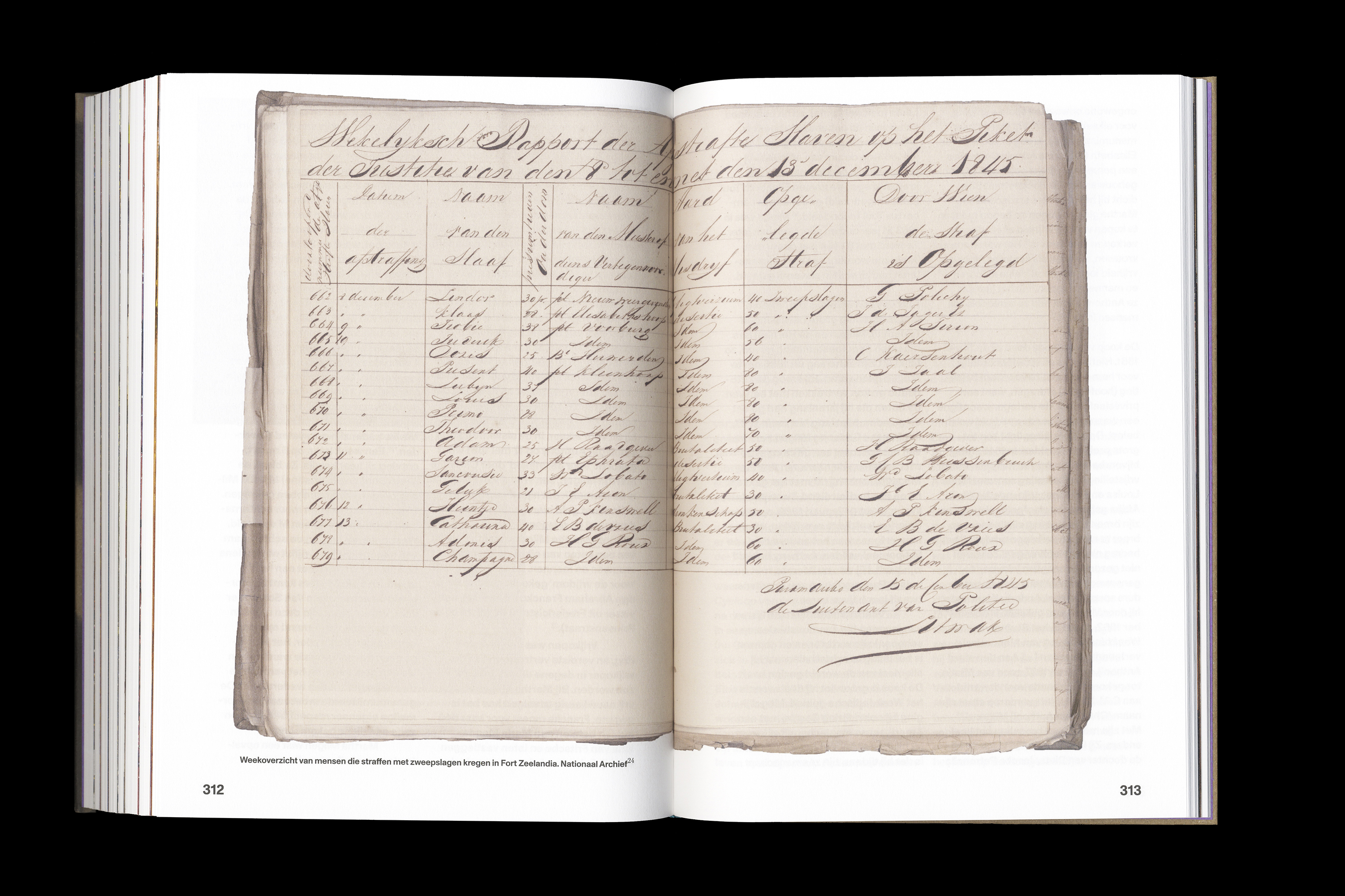


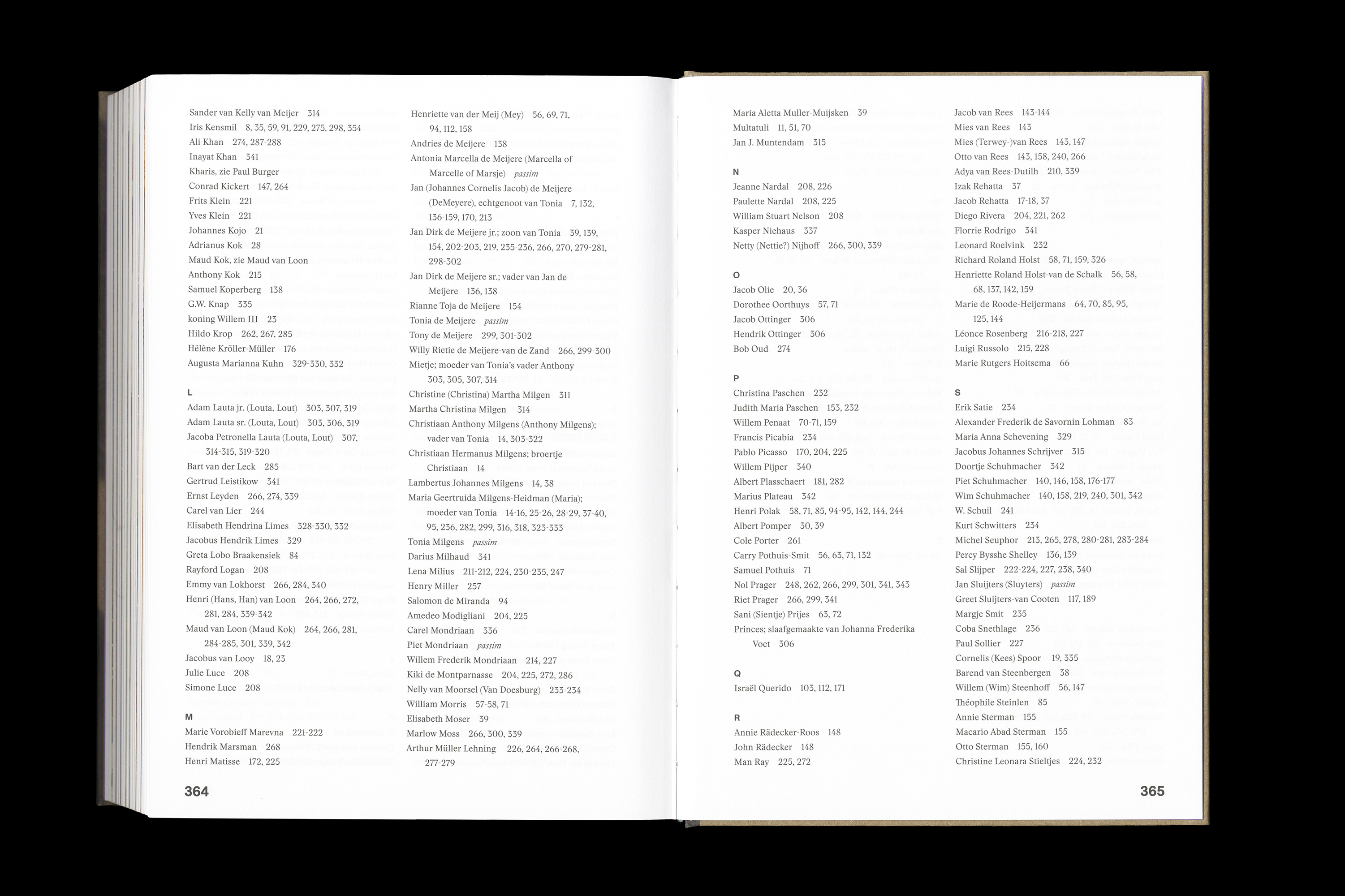

Singer Laren shows the life of (role) model: Tonia Stieltjes (1881-1932). Model of Jan Sluijters, best friend of Mondriaan, but above all a well-known trade union leader. Around 1900, she quickly became a beloved example of the largest group of working women in the Netherlands: the domestic servants.
In the exhibition, curated by art historian Esther Schreuder, in addition to works of art from Jan Sluijters, Wim Schuhmacher and documentary material, an important part of Tonia's life will be depicted by two contemporary artists: Iris Kensmil and Brian Elstak.
Curation and research: Esther Schreuder
Photos: Suzanne Ophof
In the exhibition, curated by art historian Esther Schreuder, in addition to works of art from Jan Sluijters, Wim Schuhmacher and documentary material, an important part of Tonia's life will be depicted by two contemporary artists: Iris Kensmil and Brian Elstak.
Curation and research: Esther Schreuder
Photos: Suzanne Ophof

